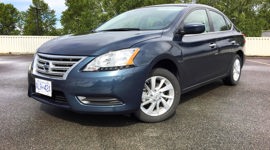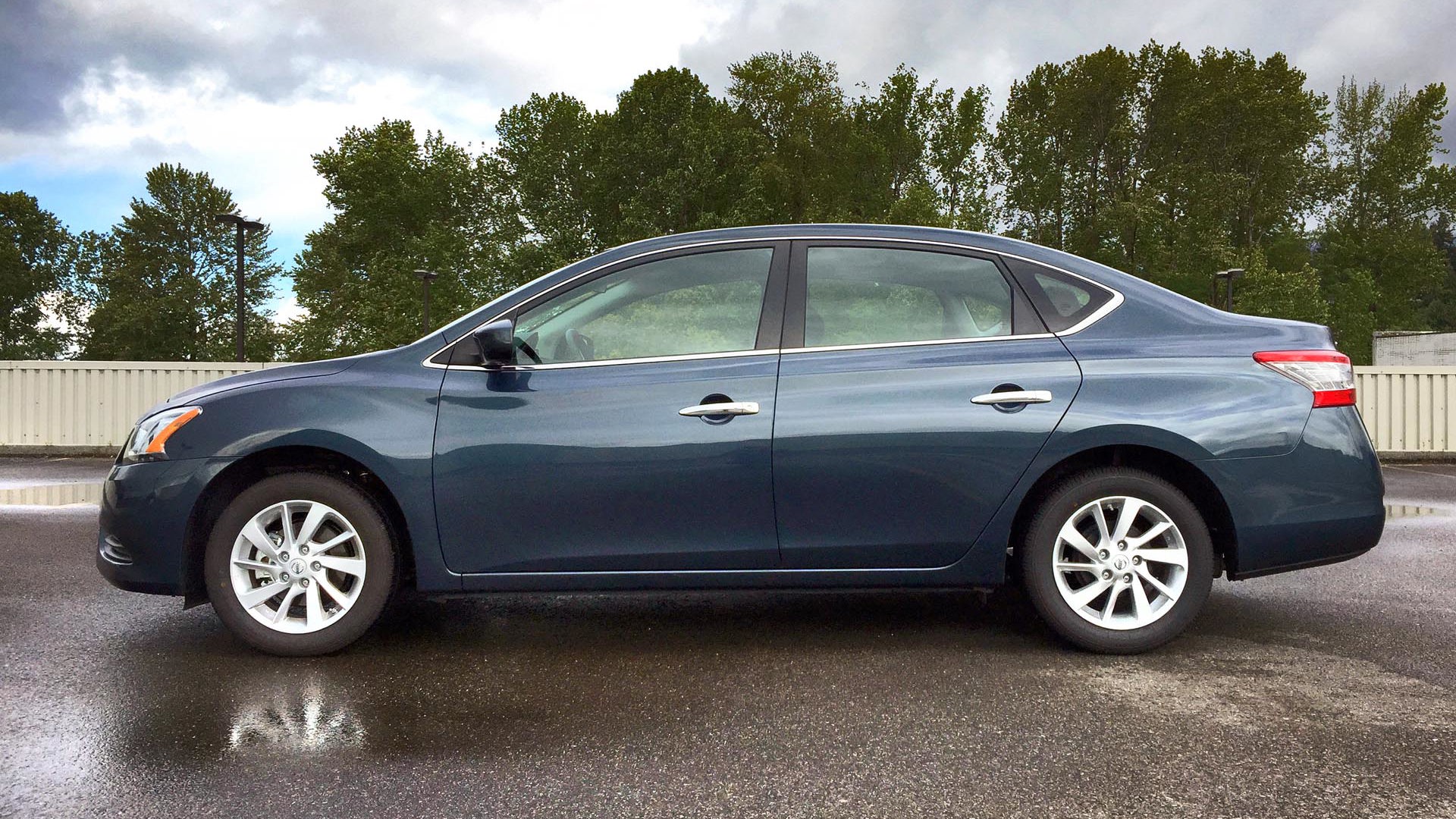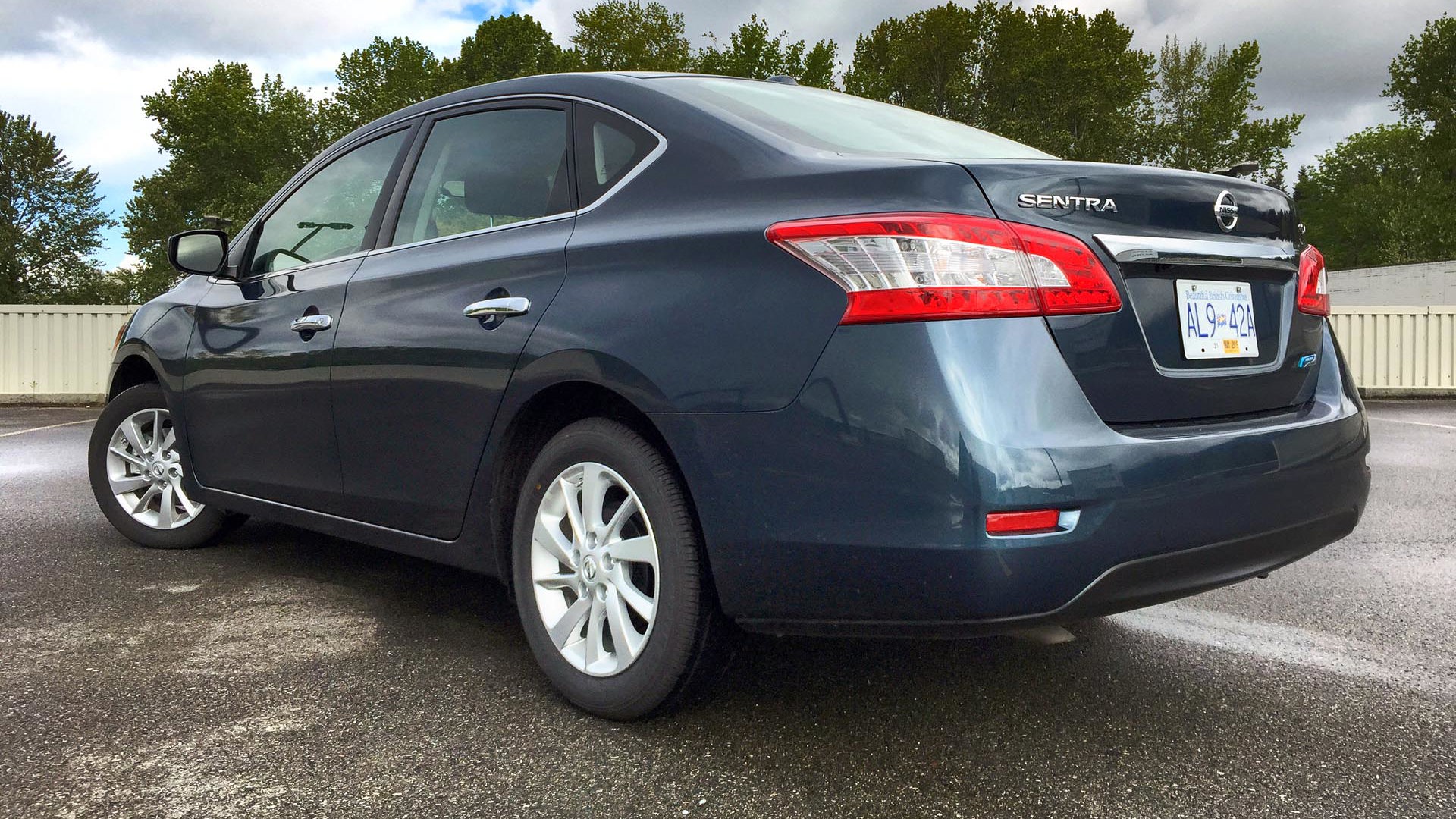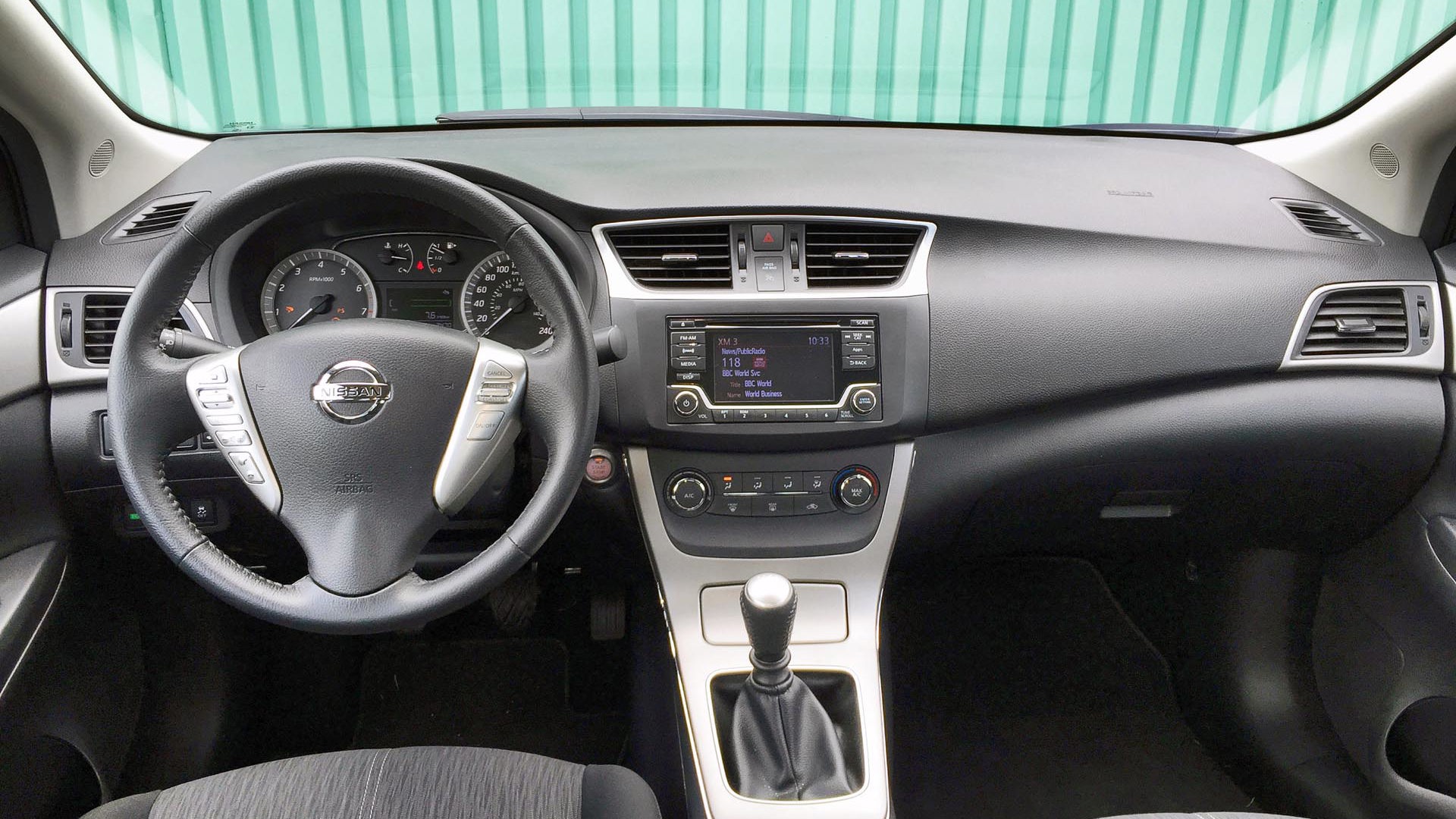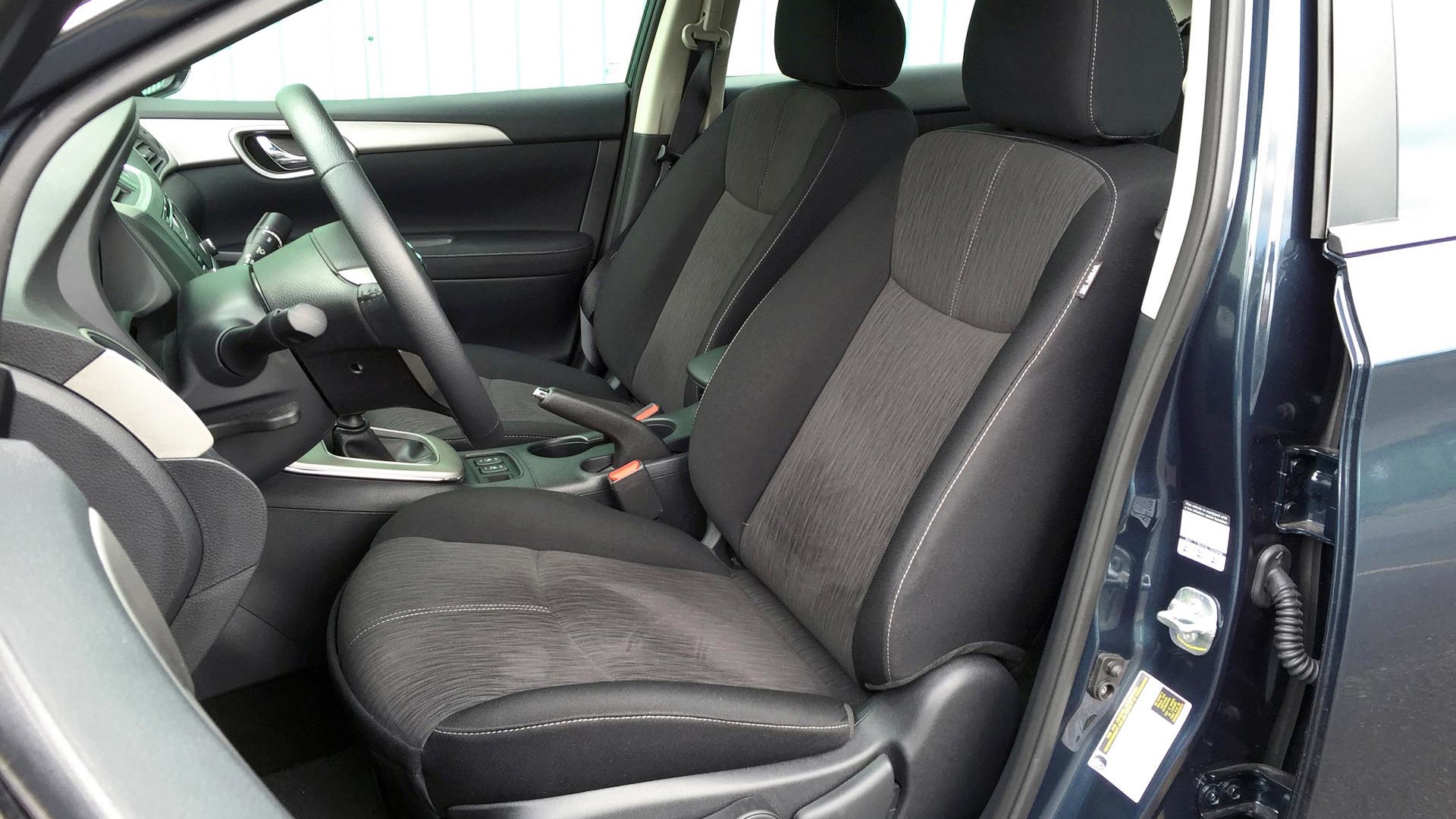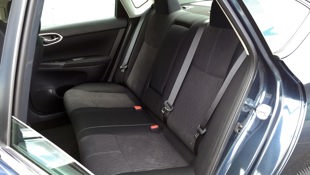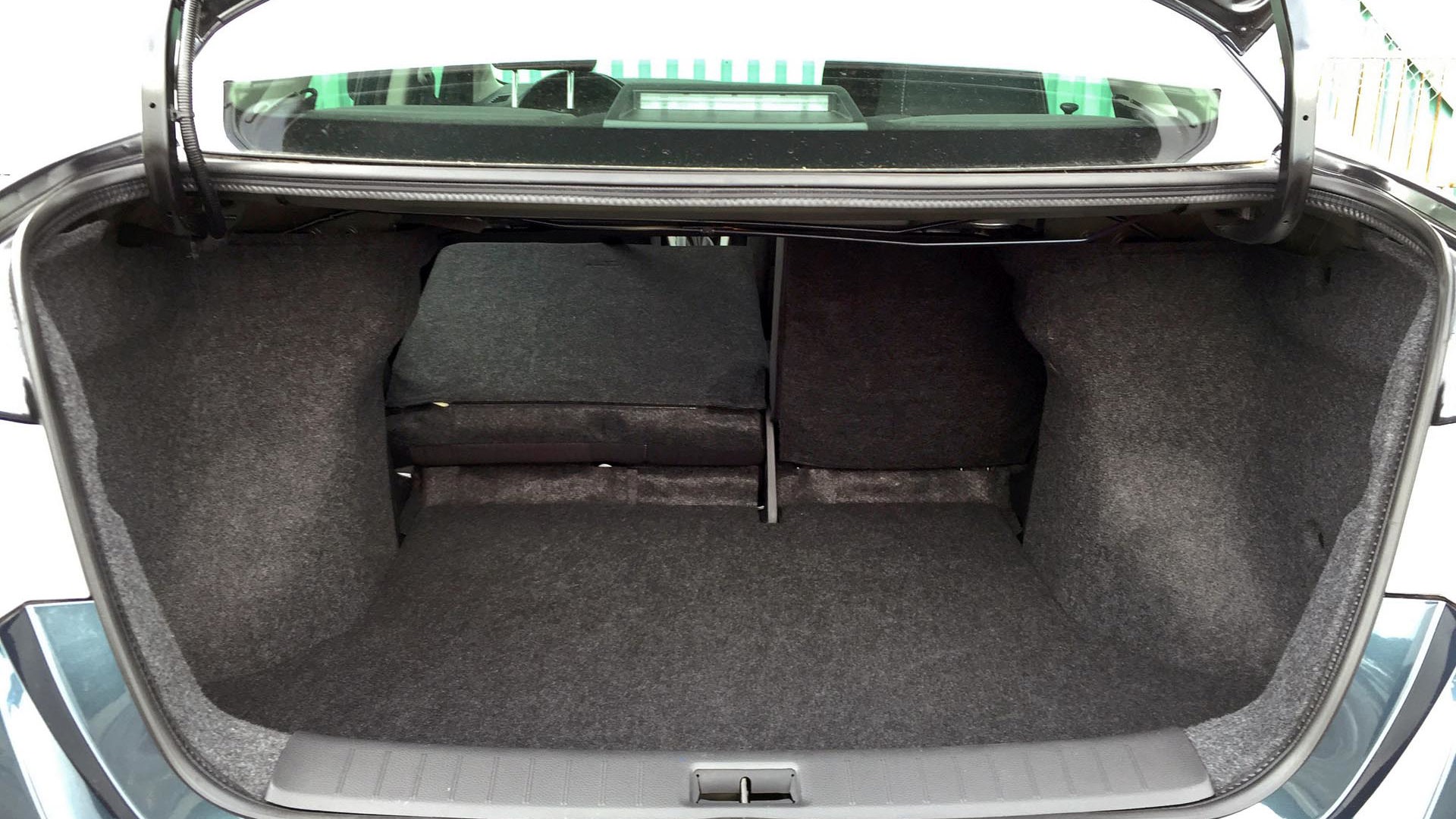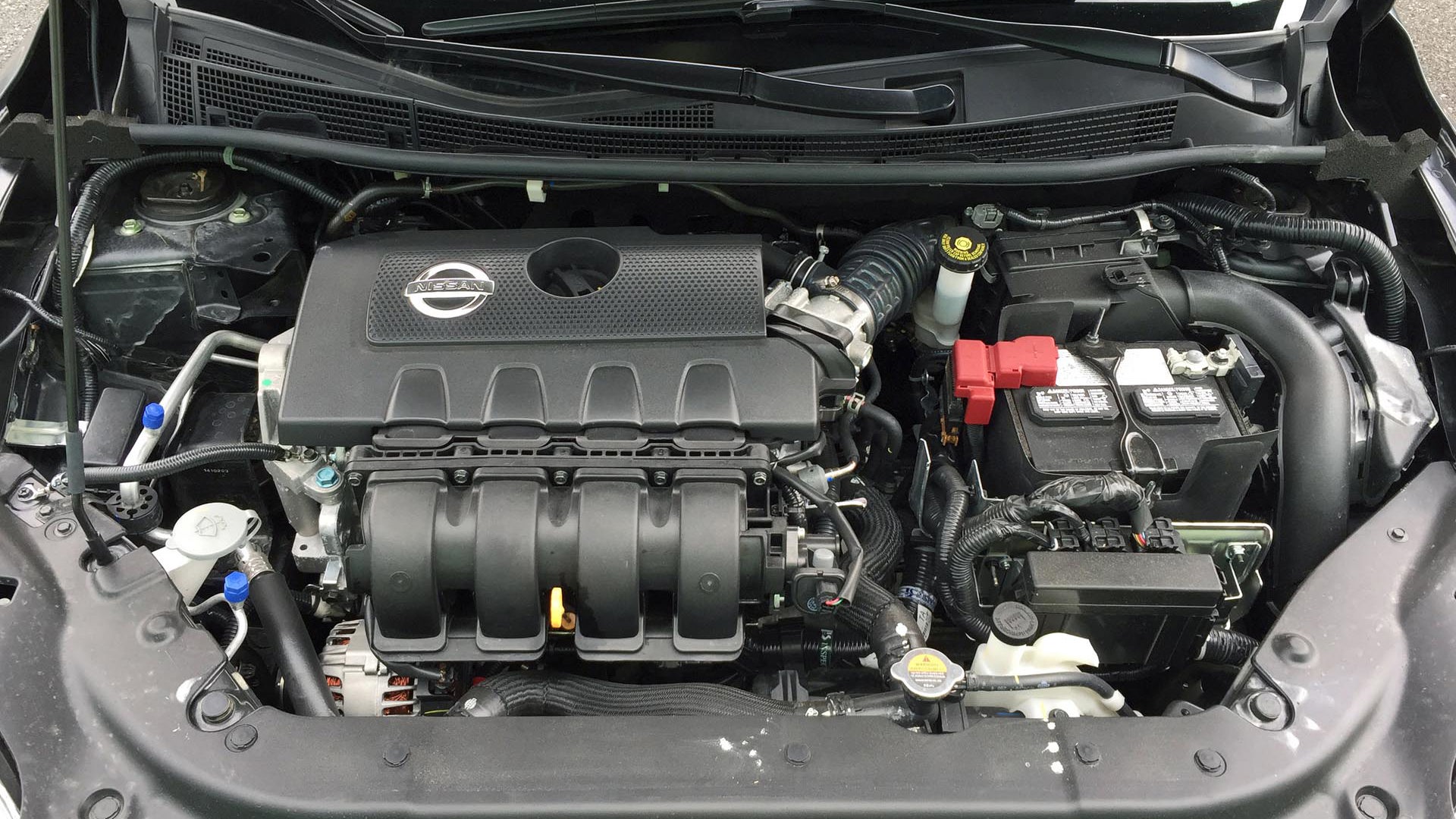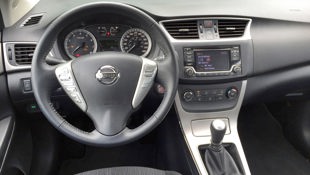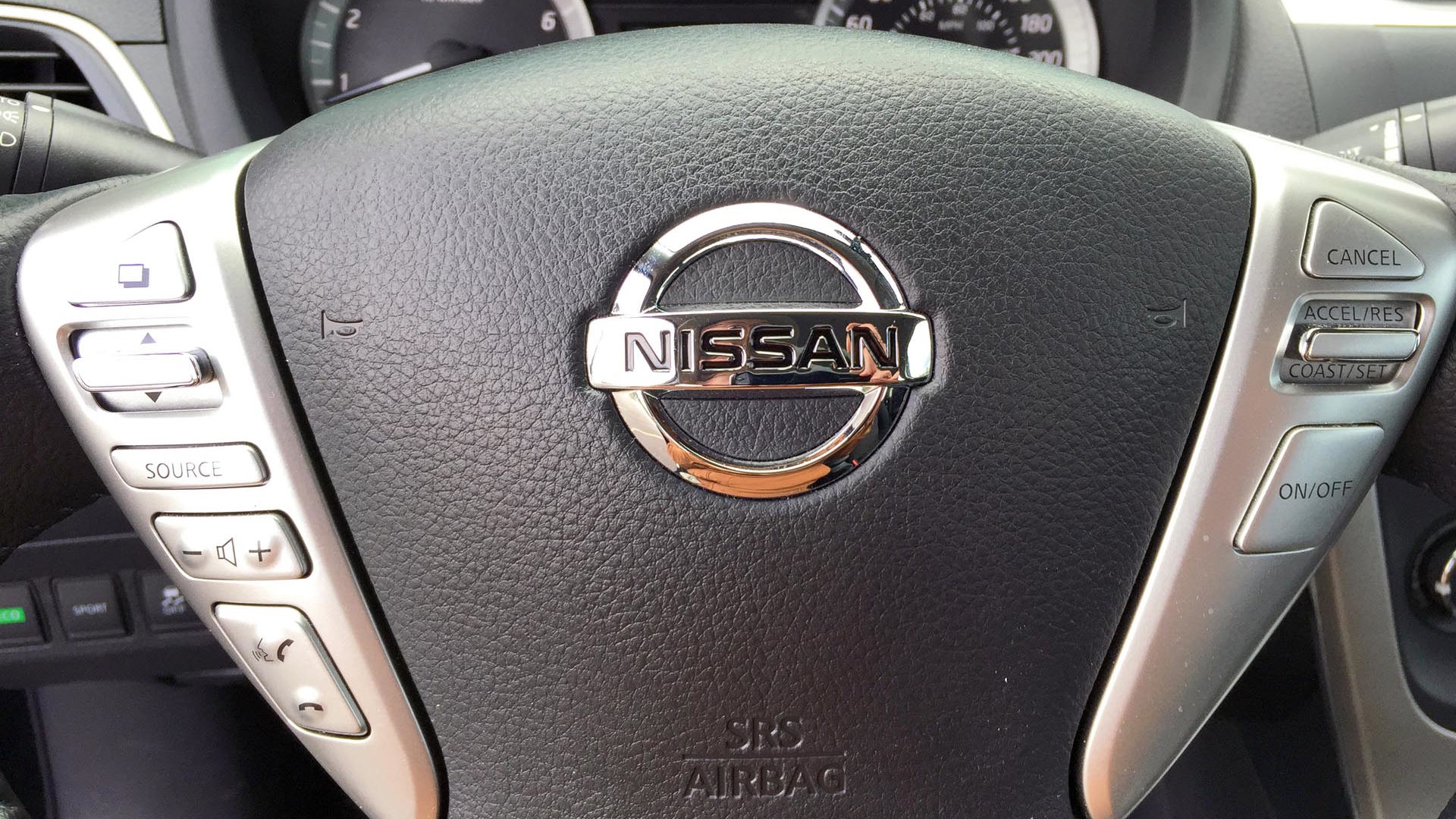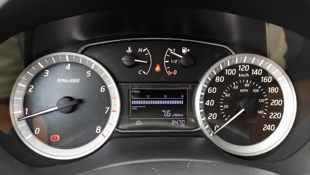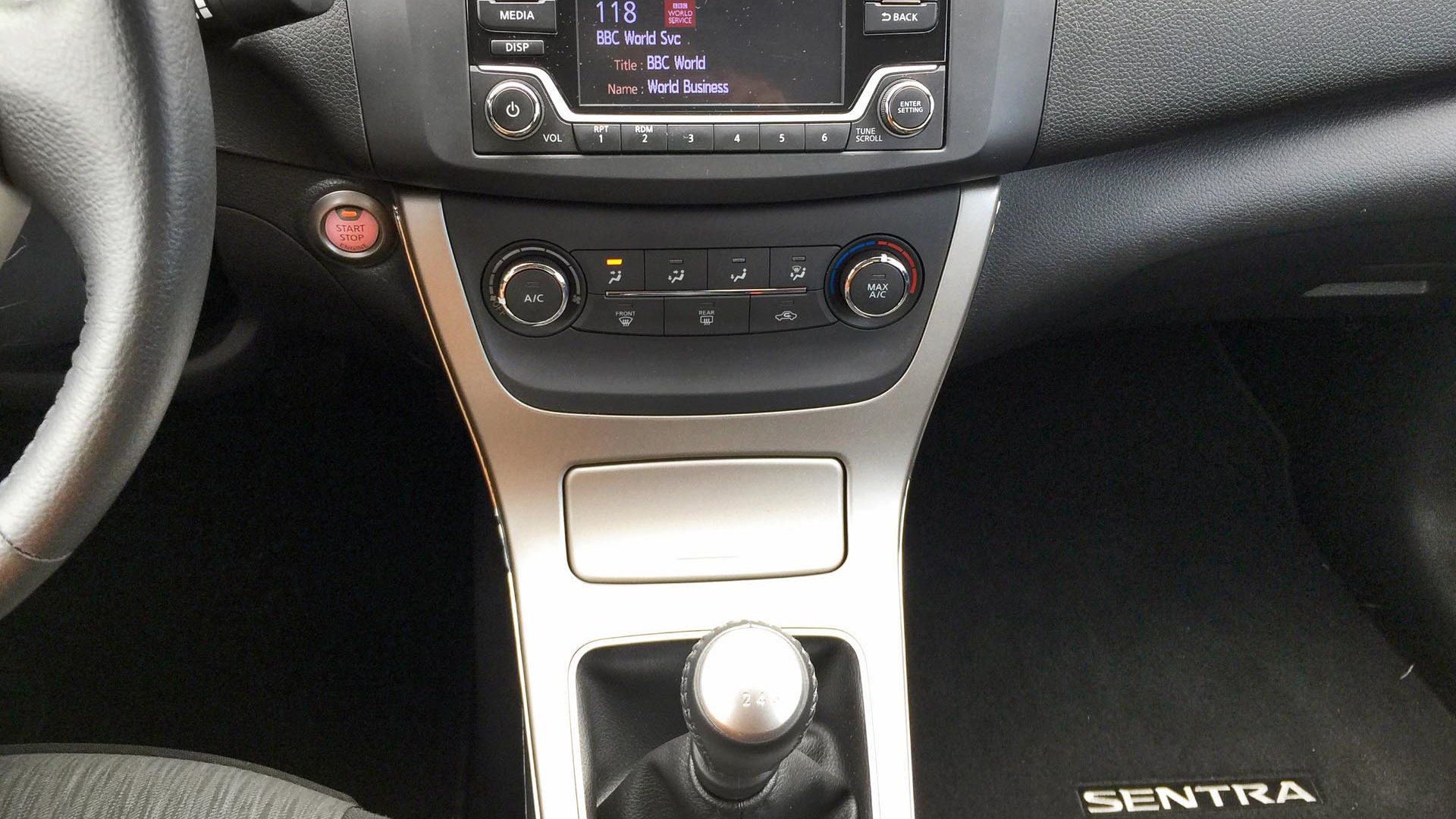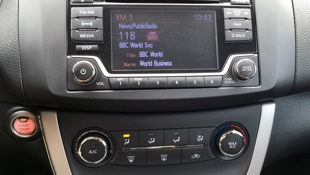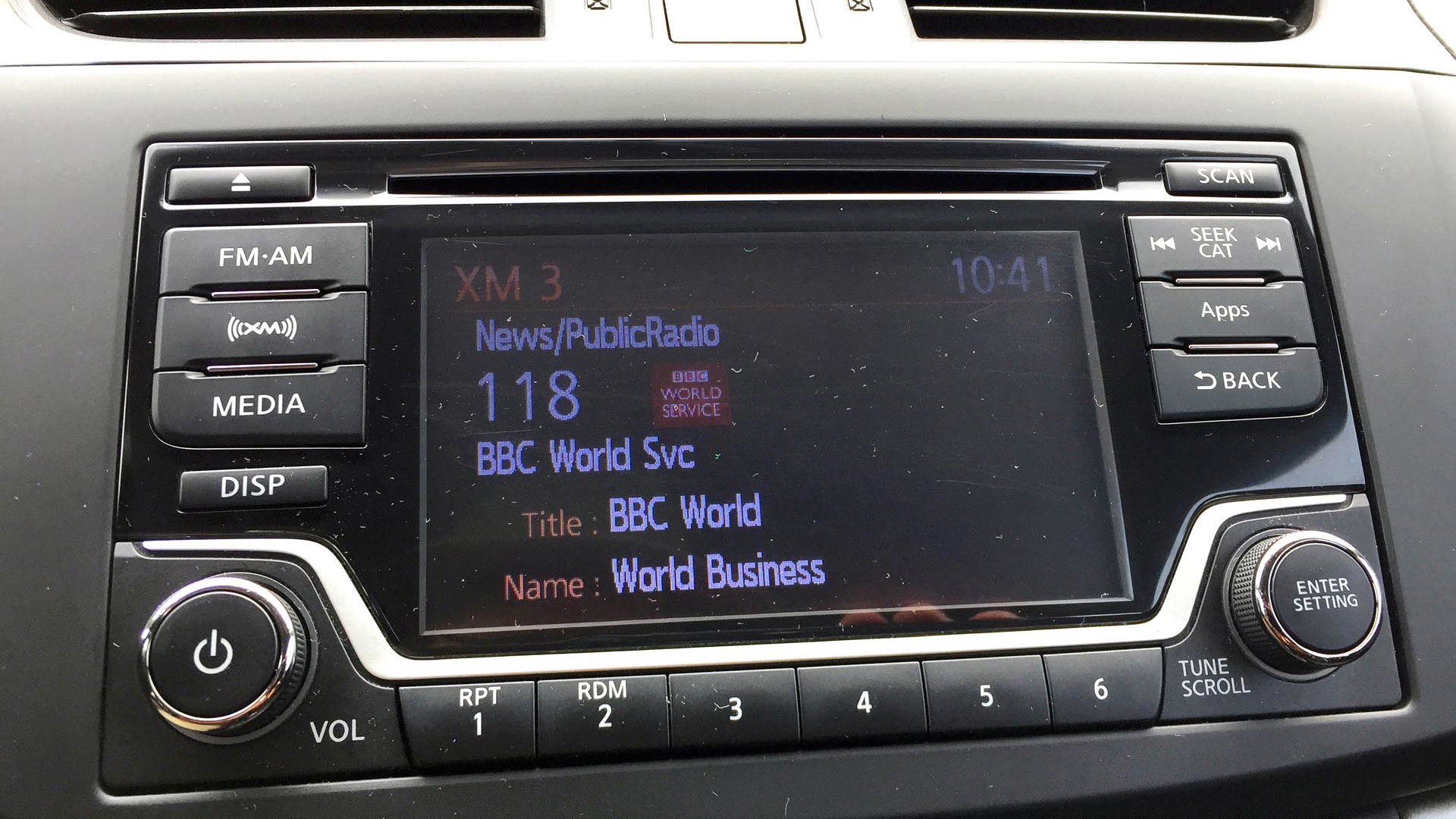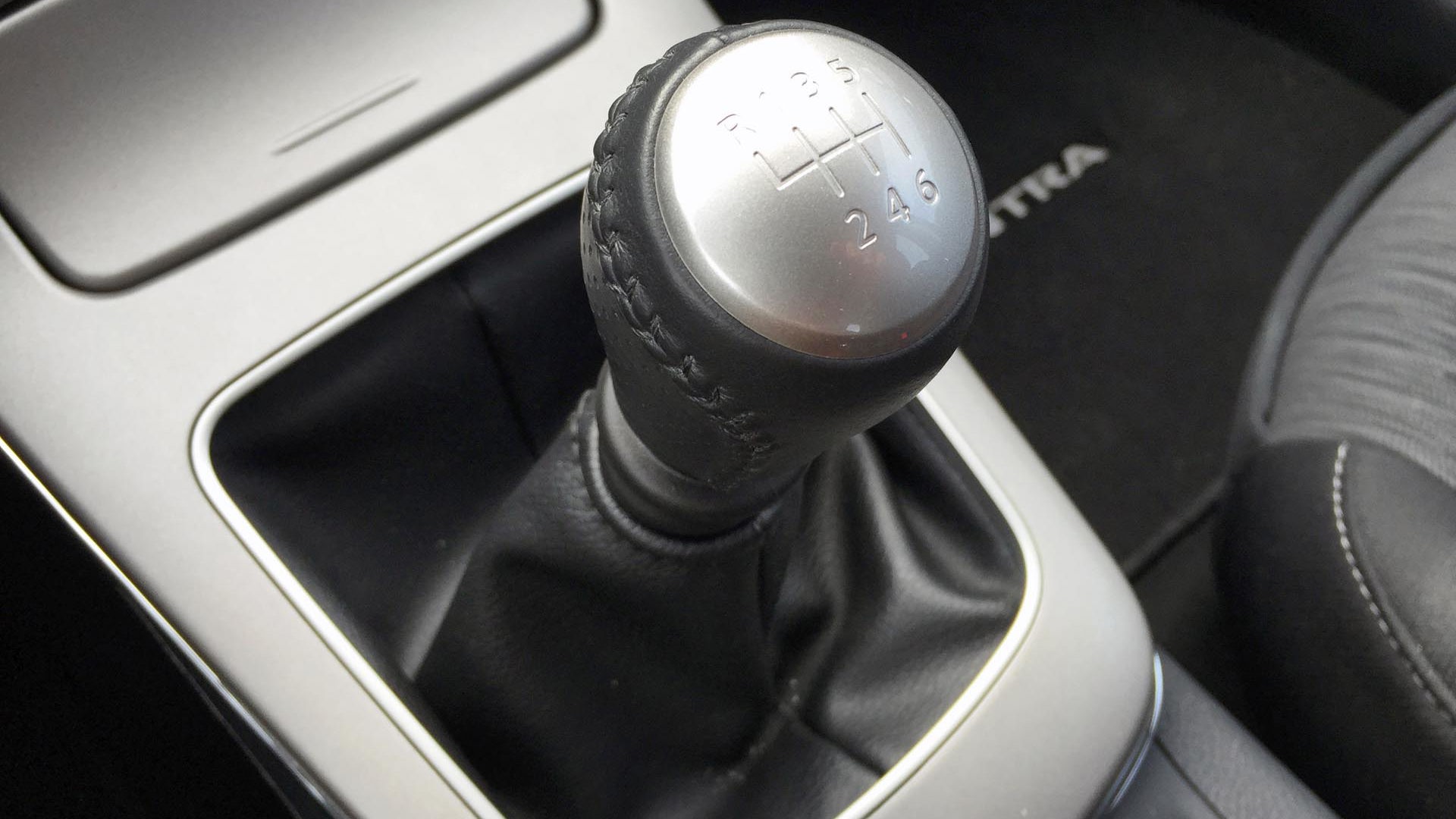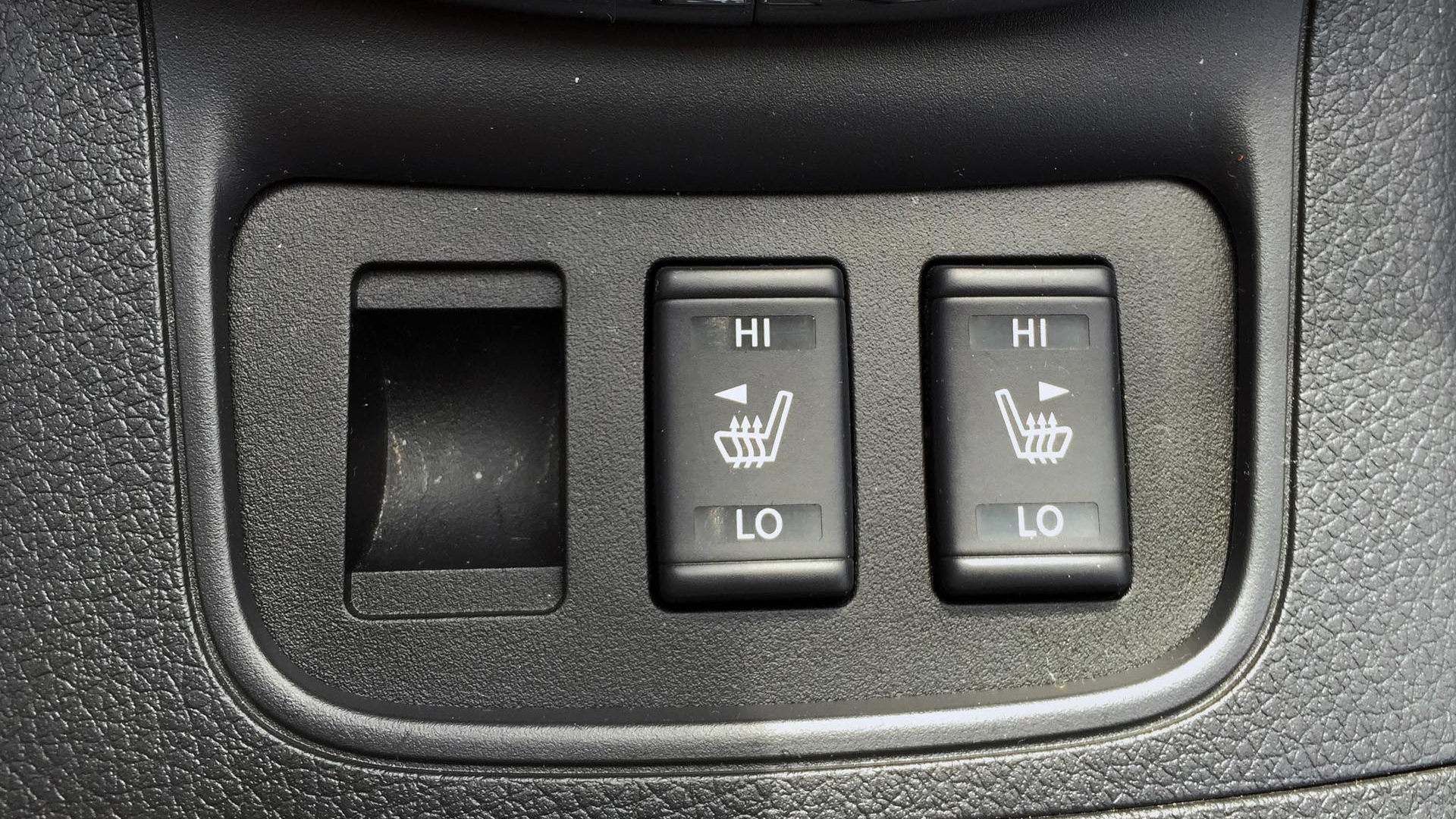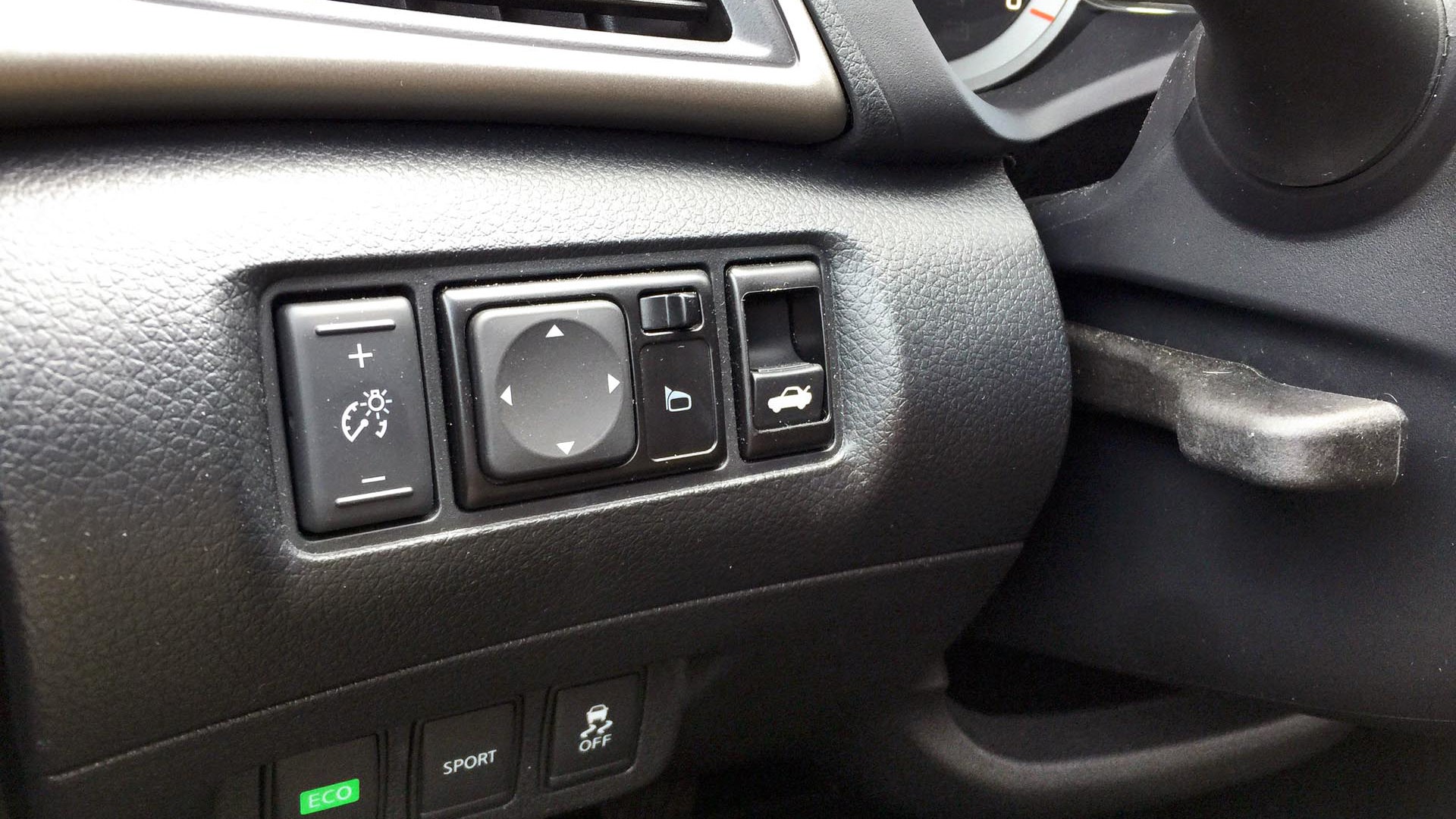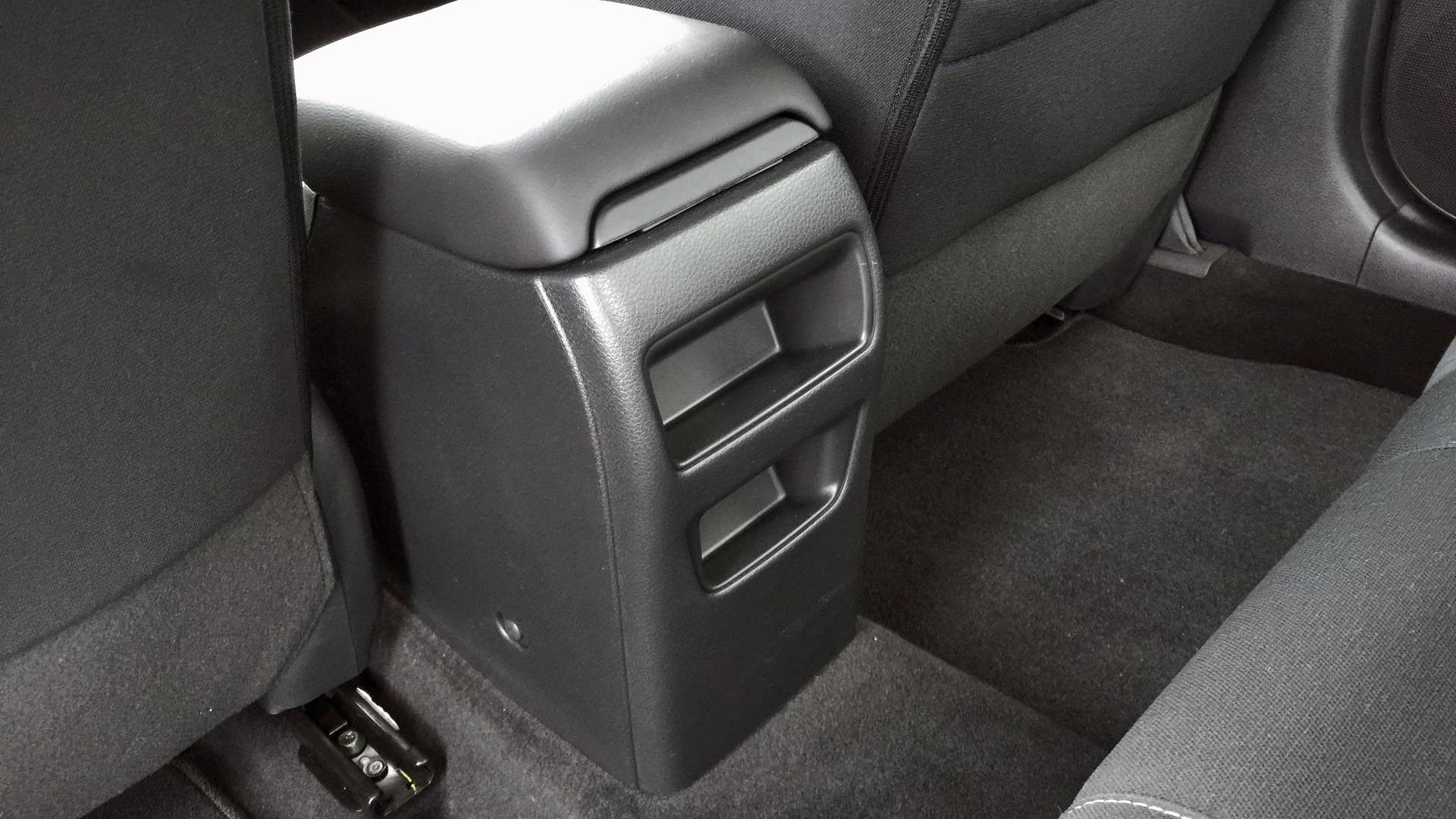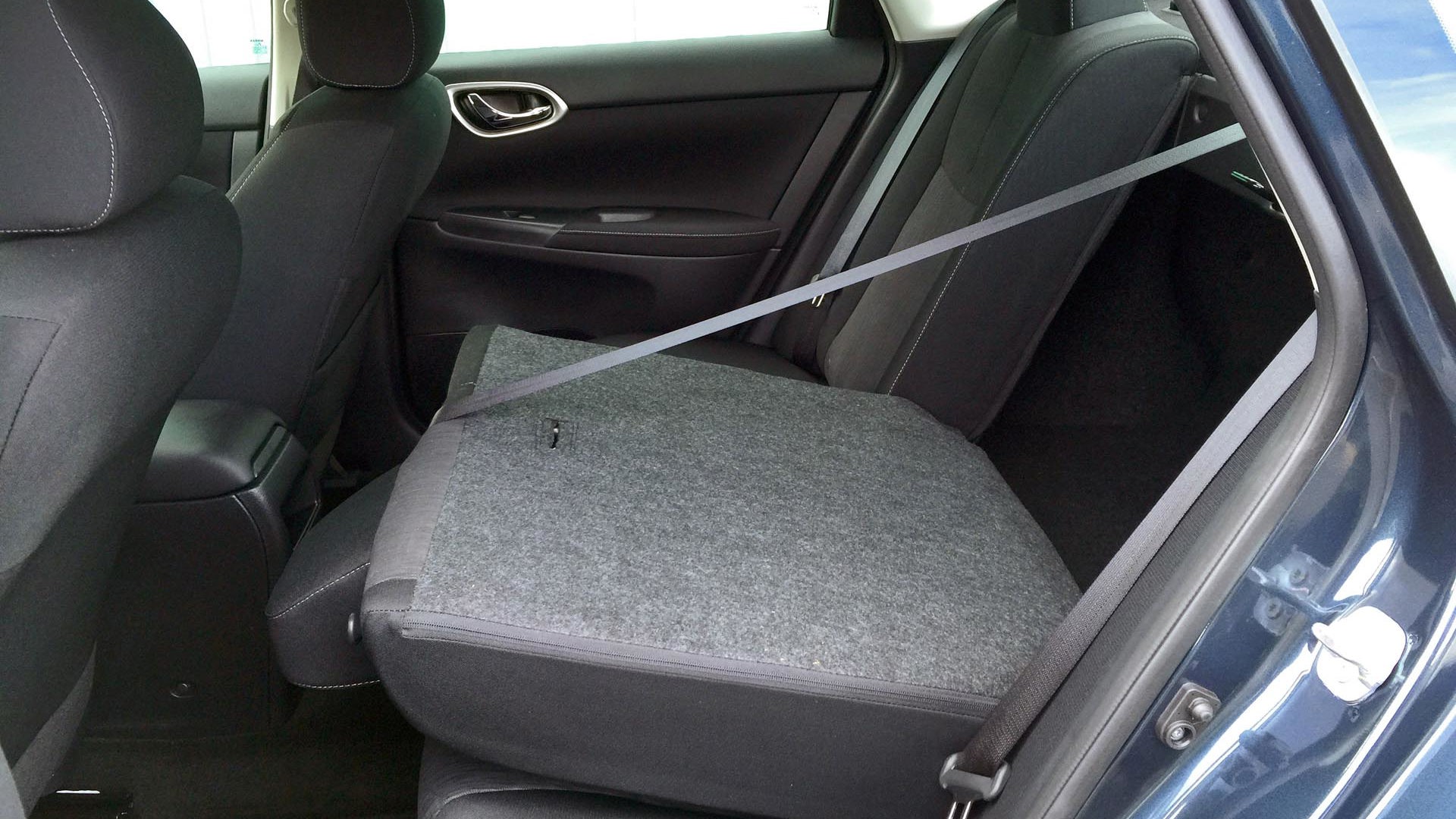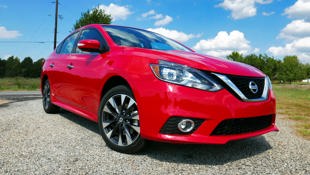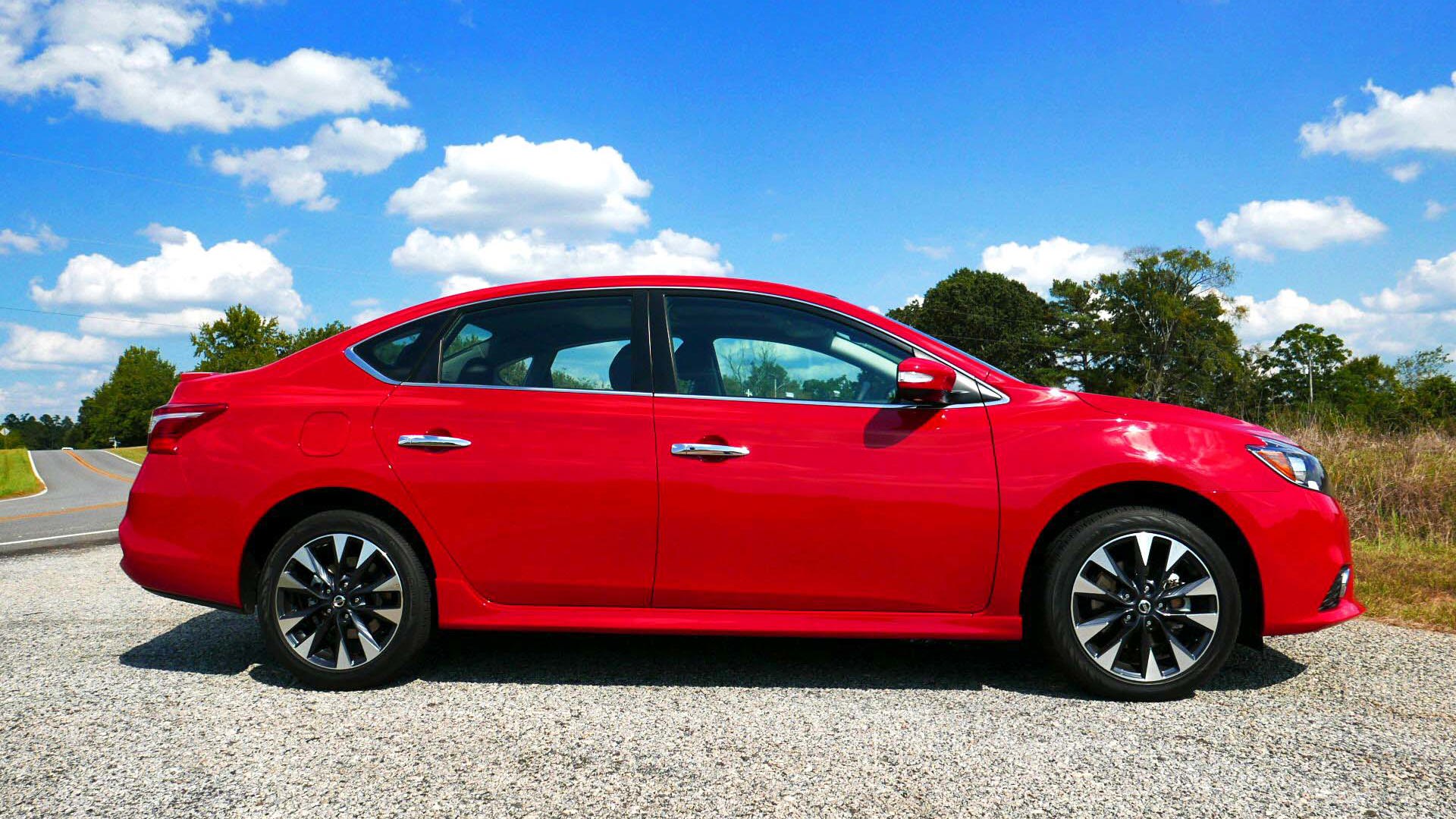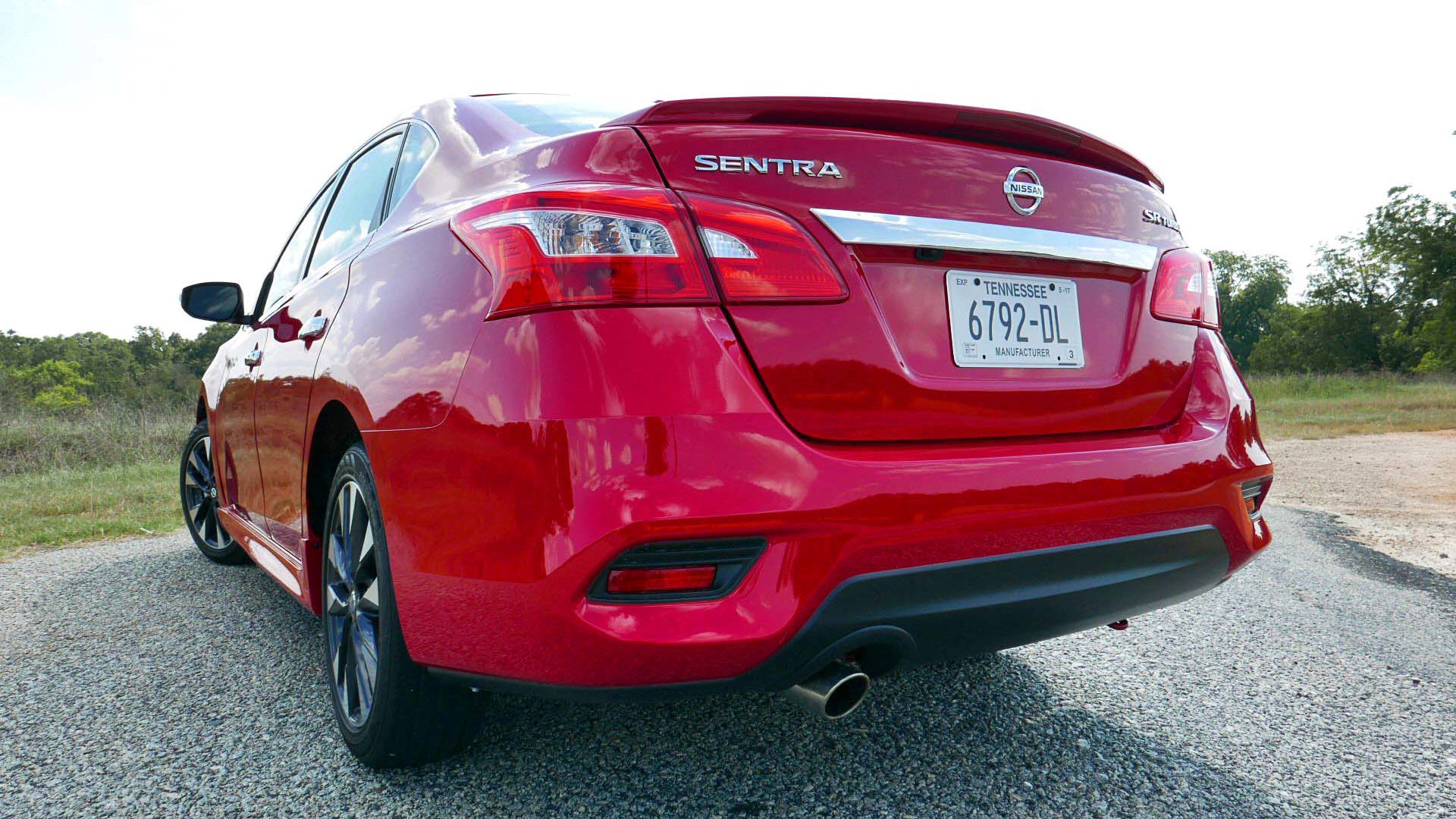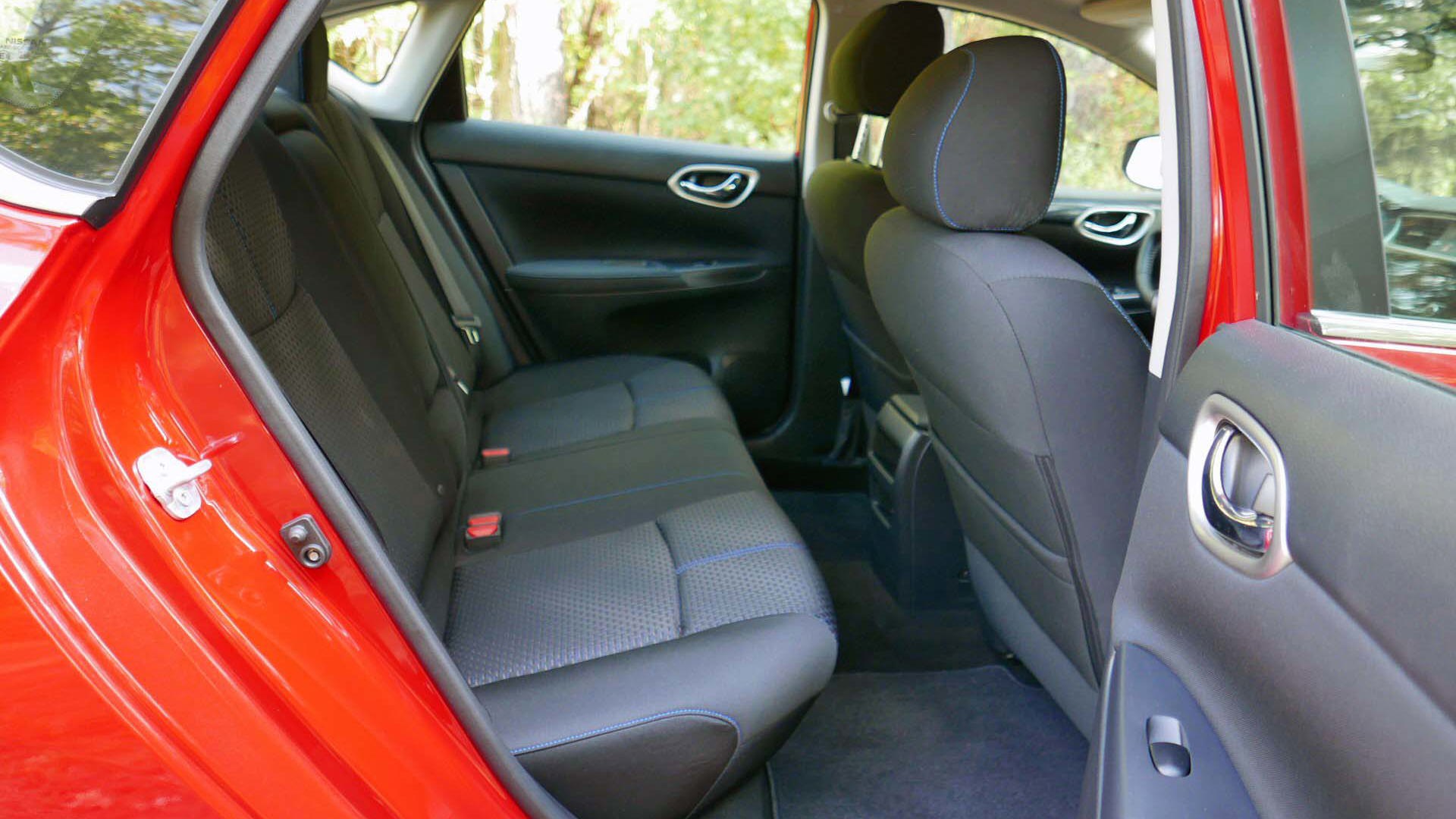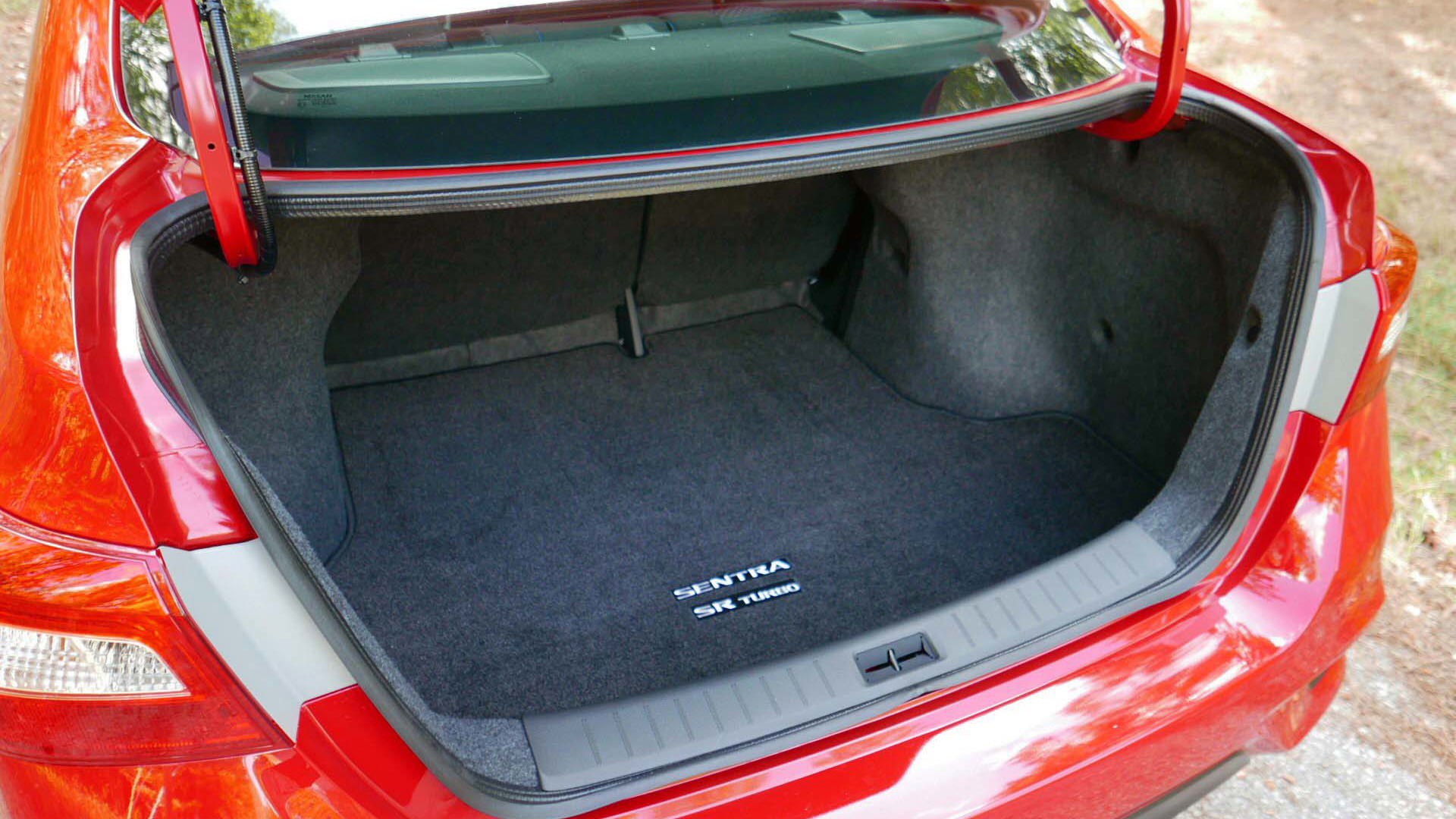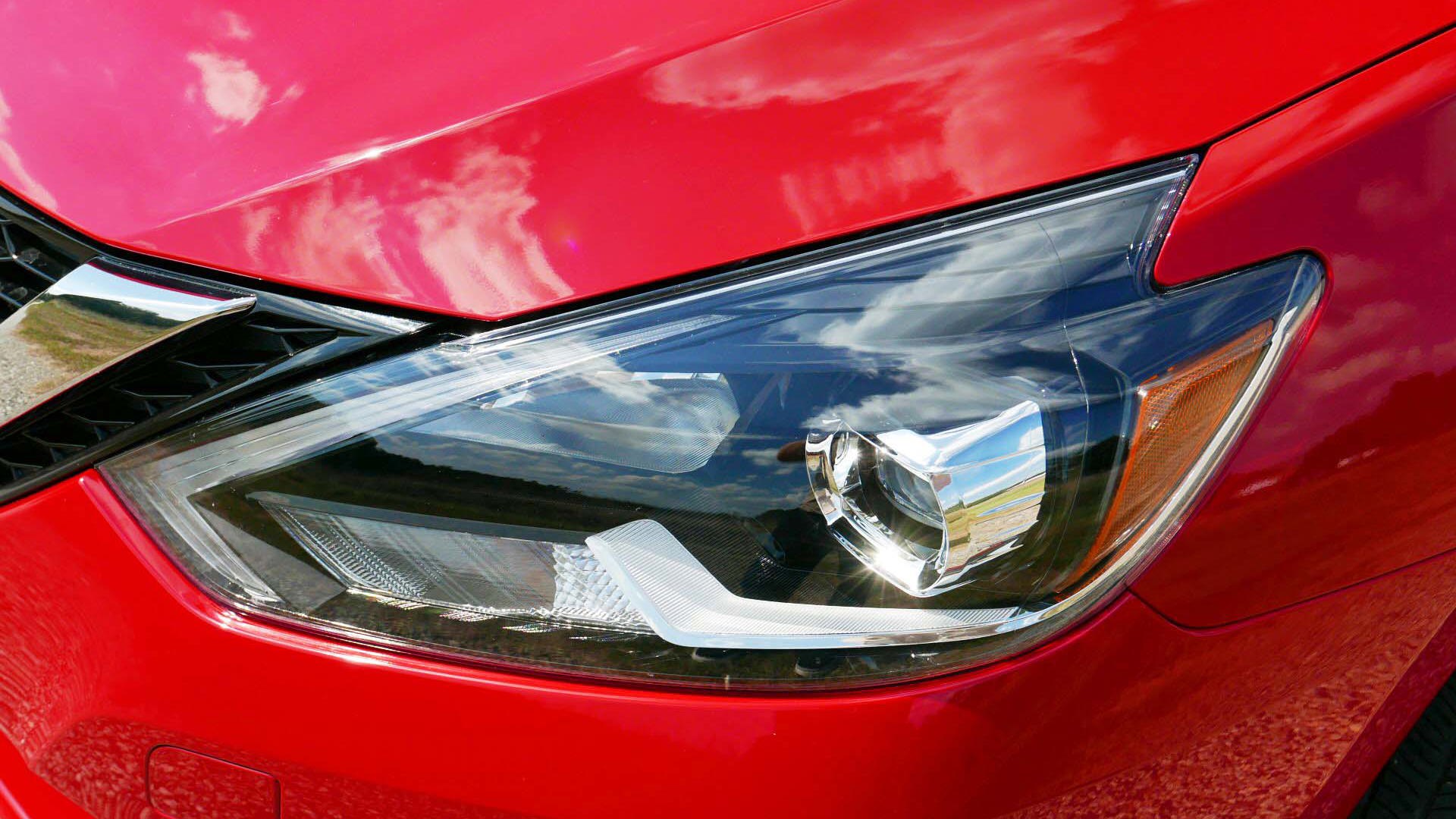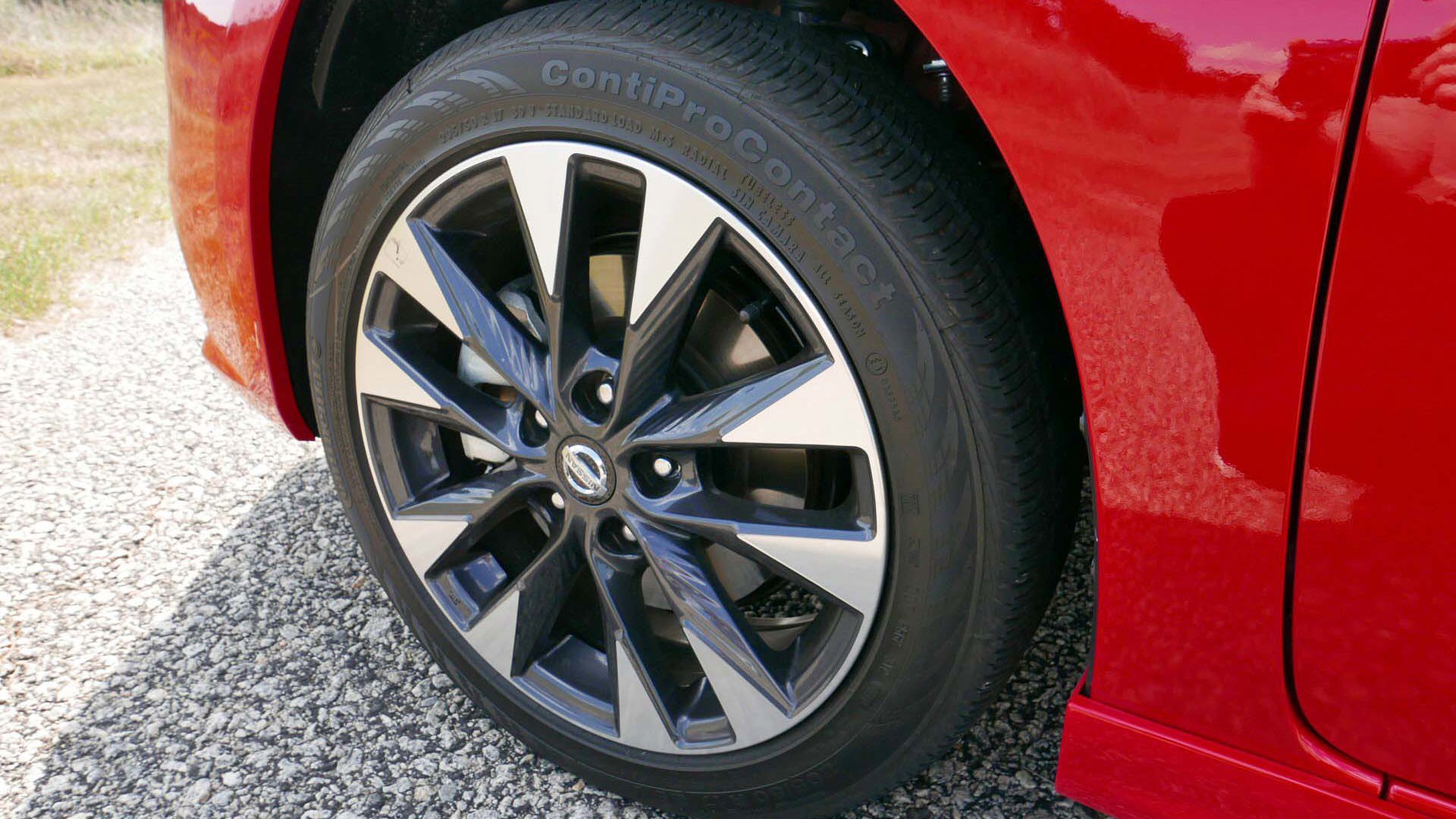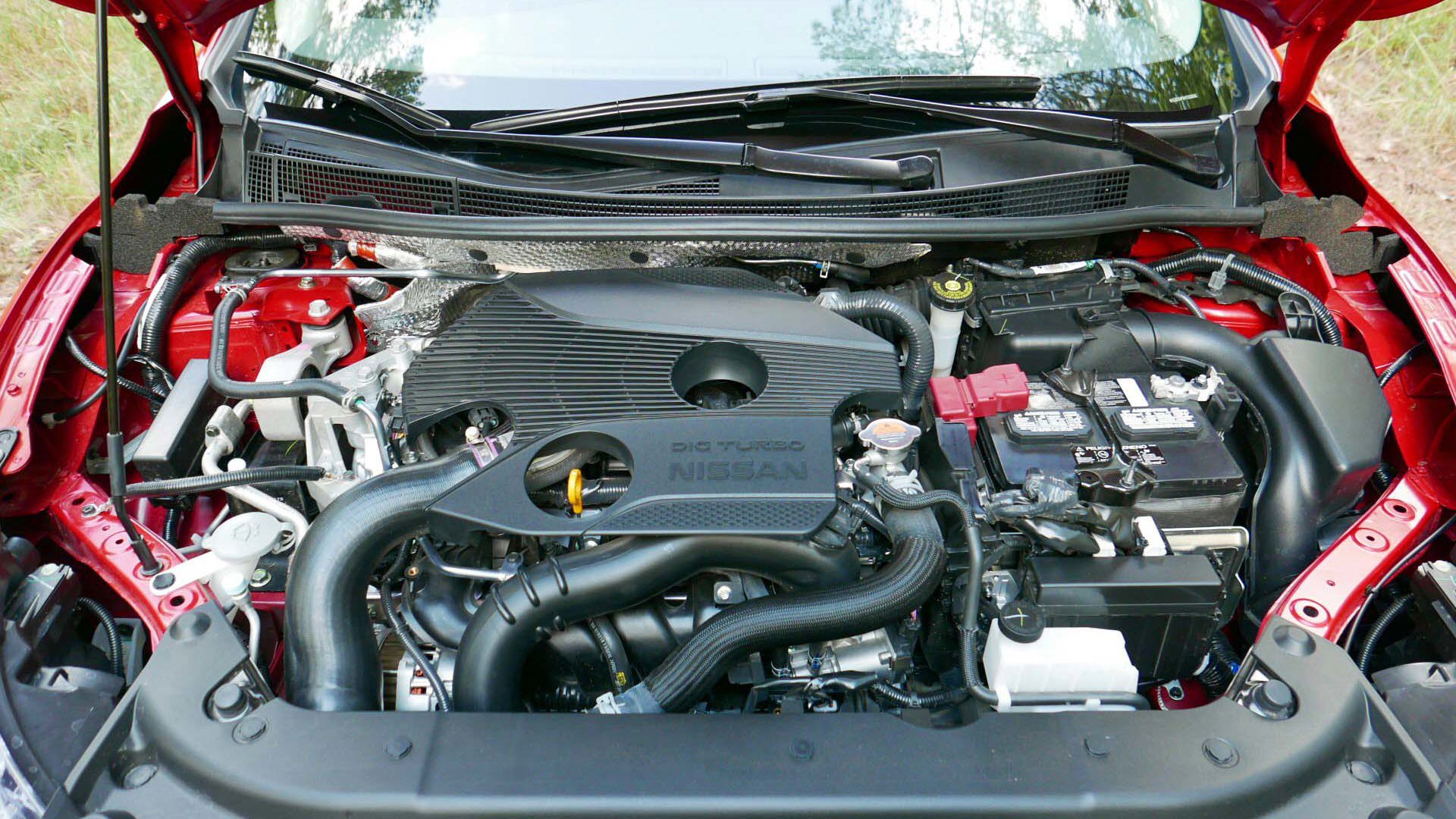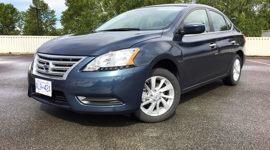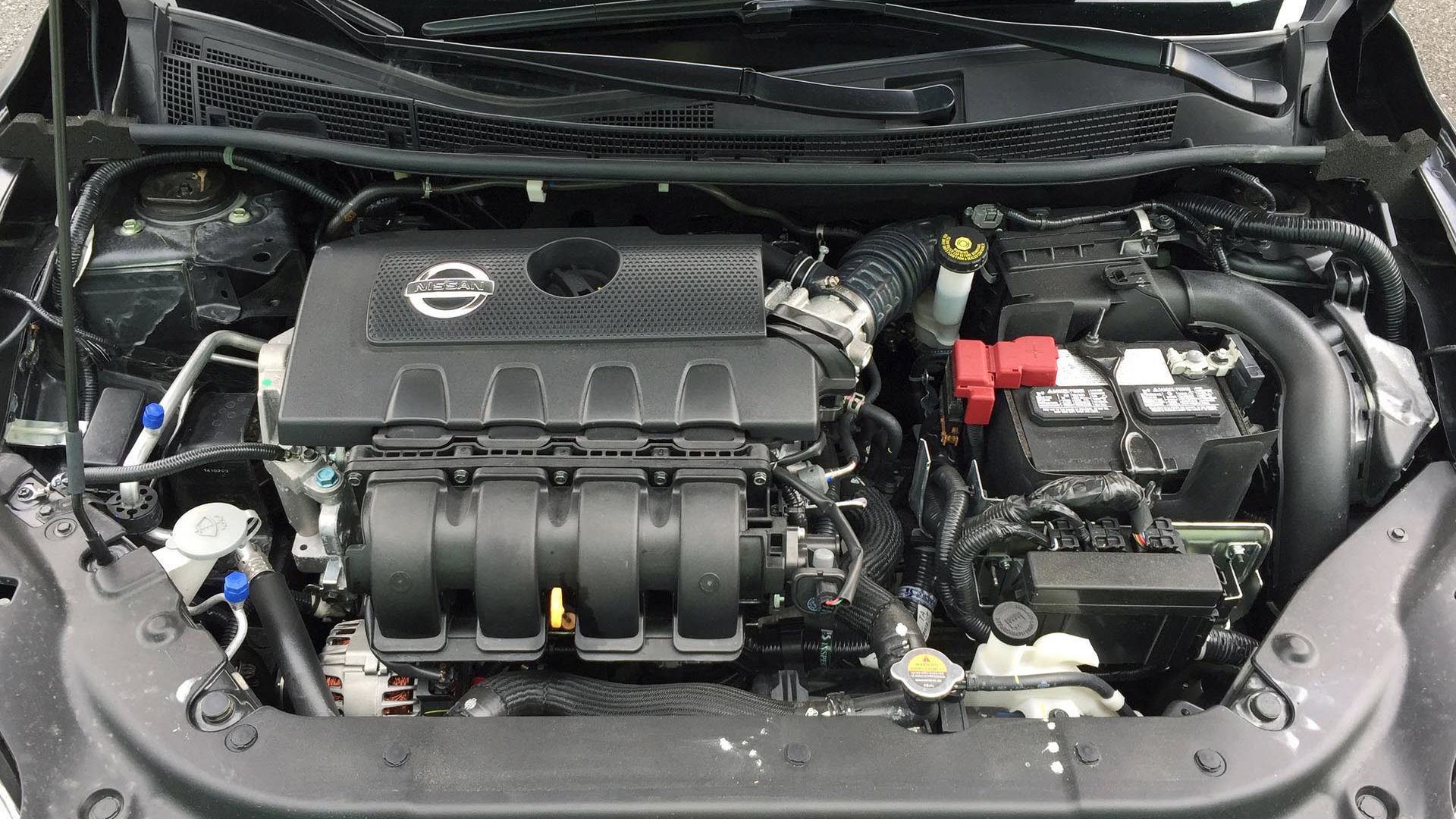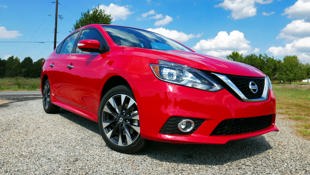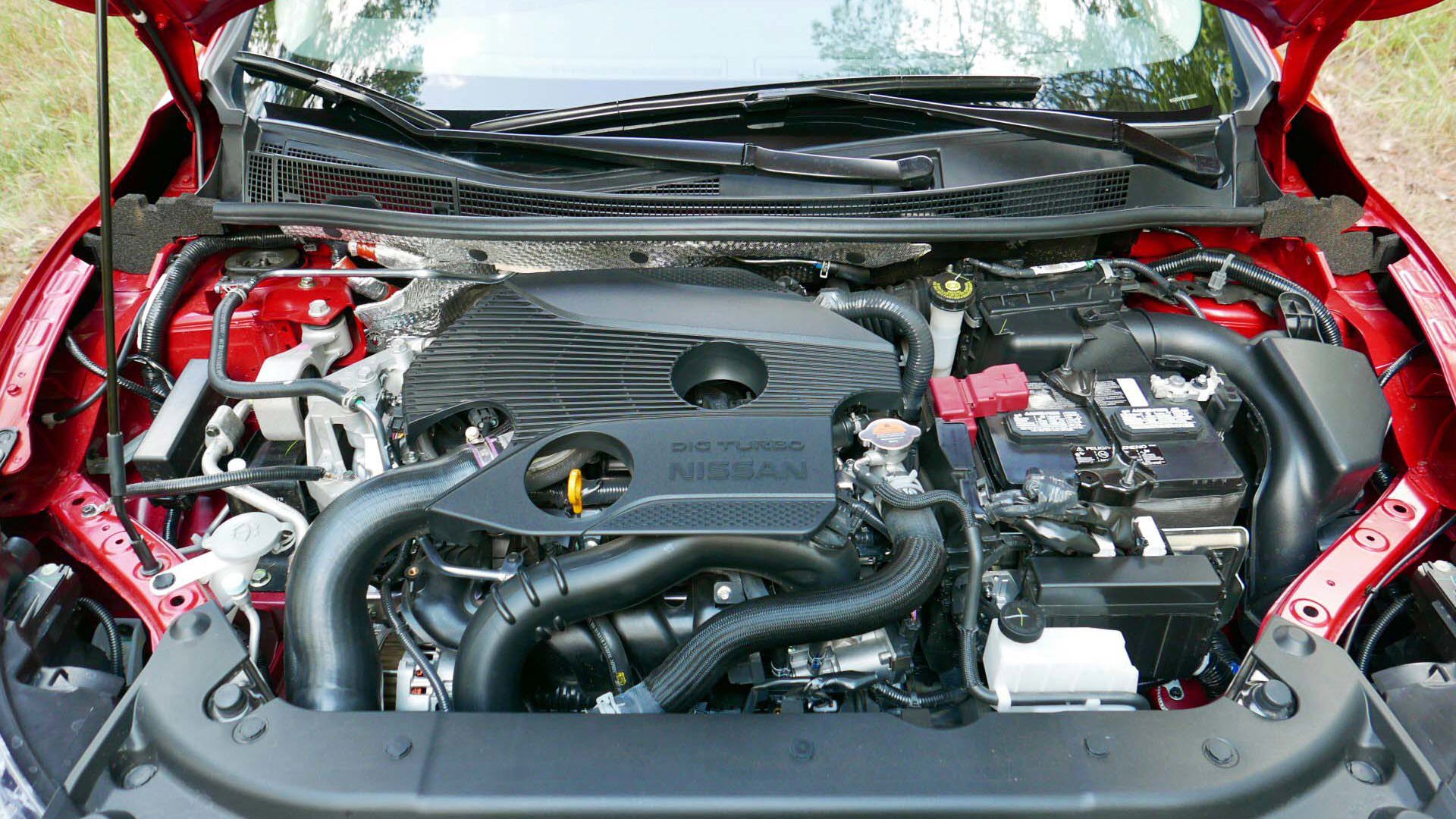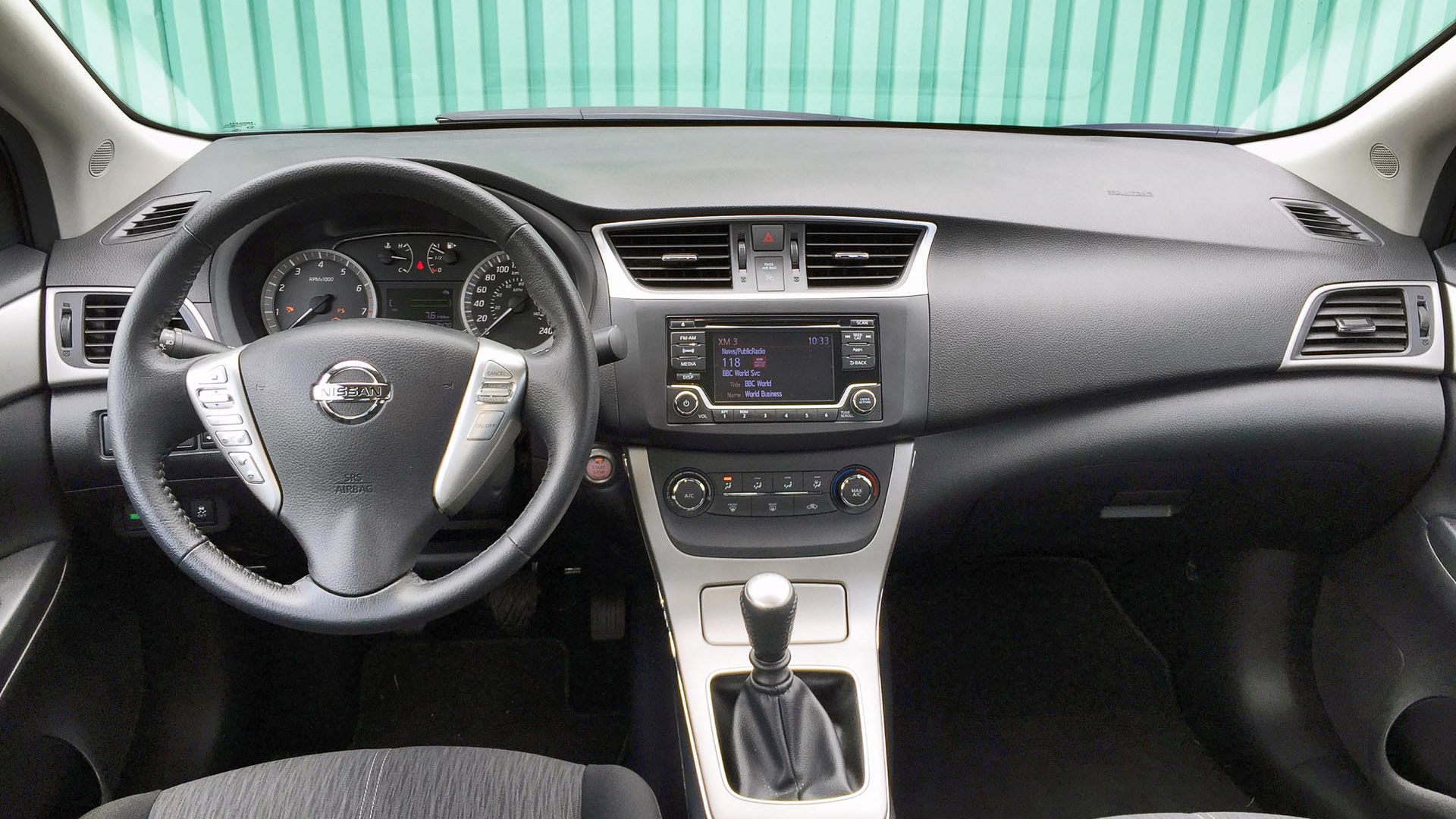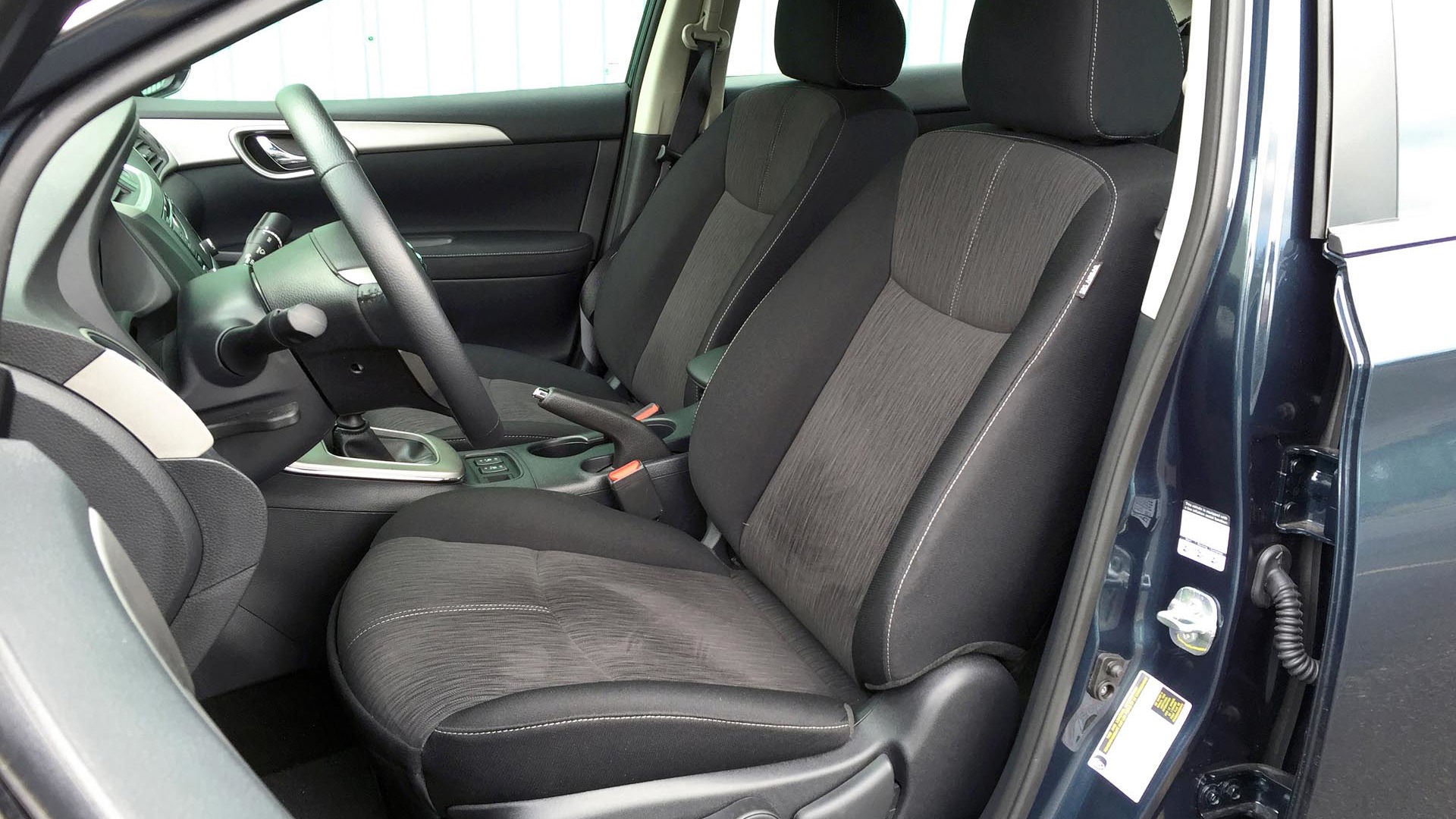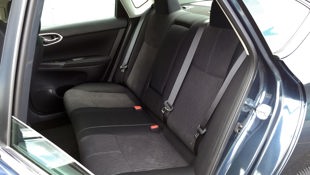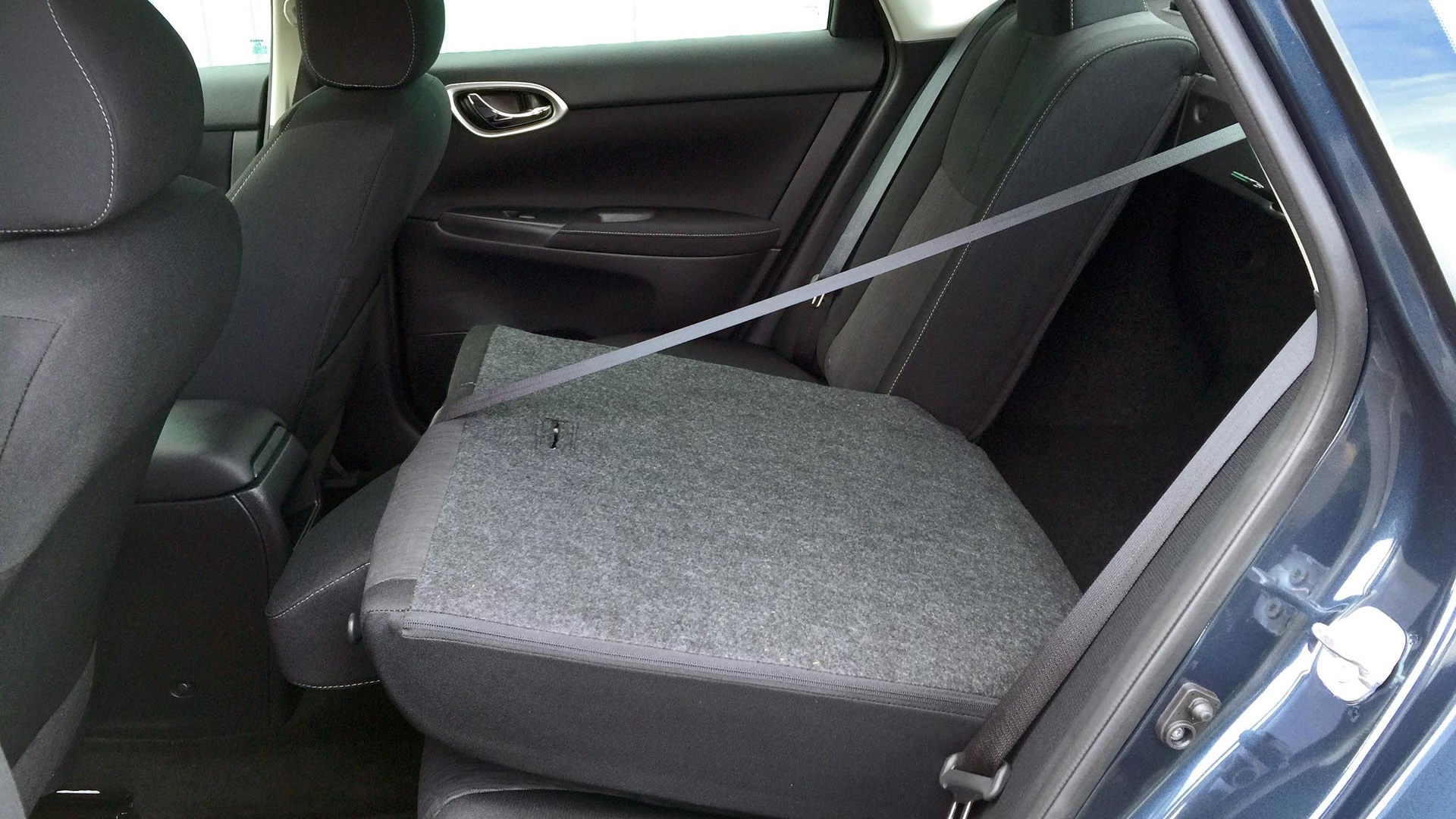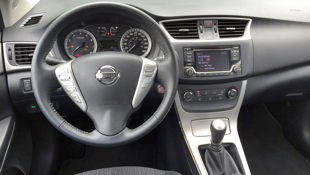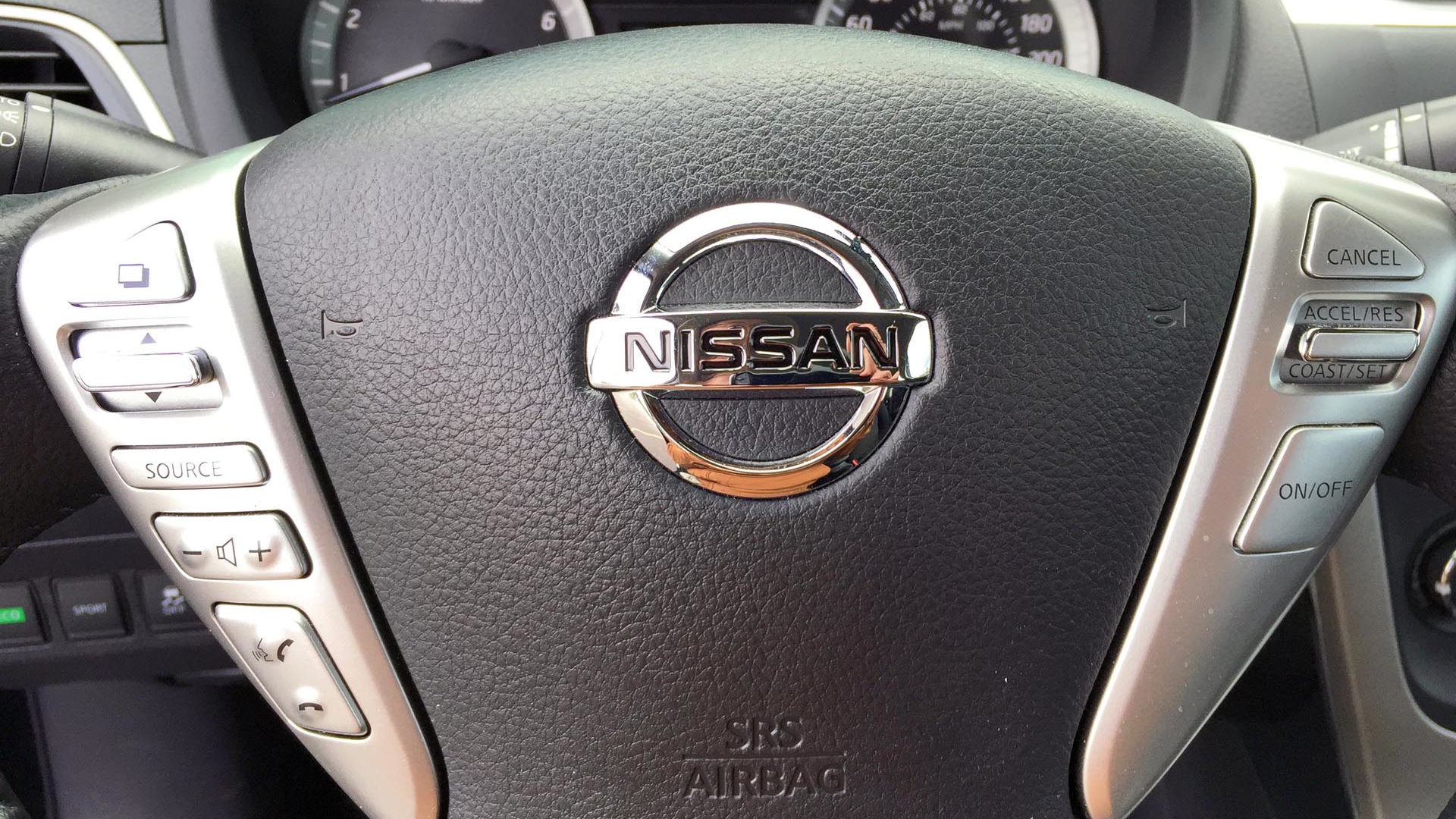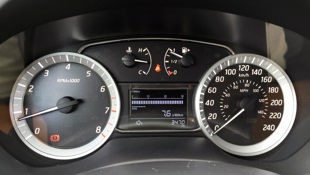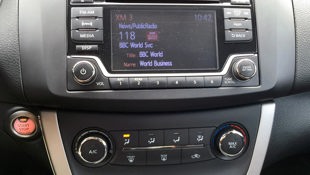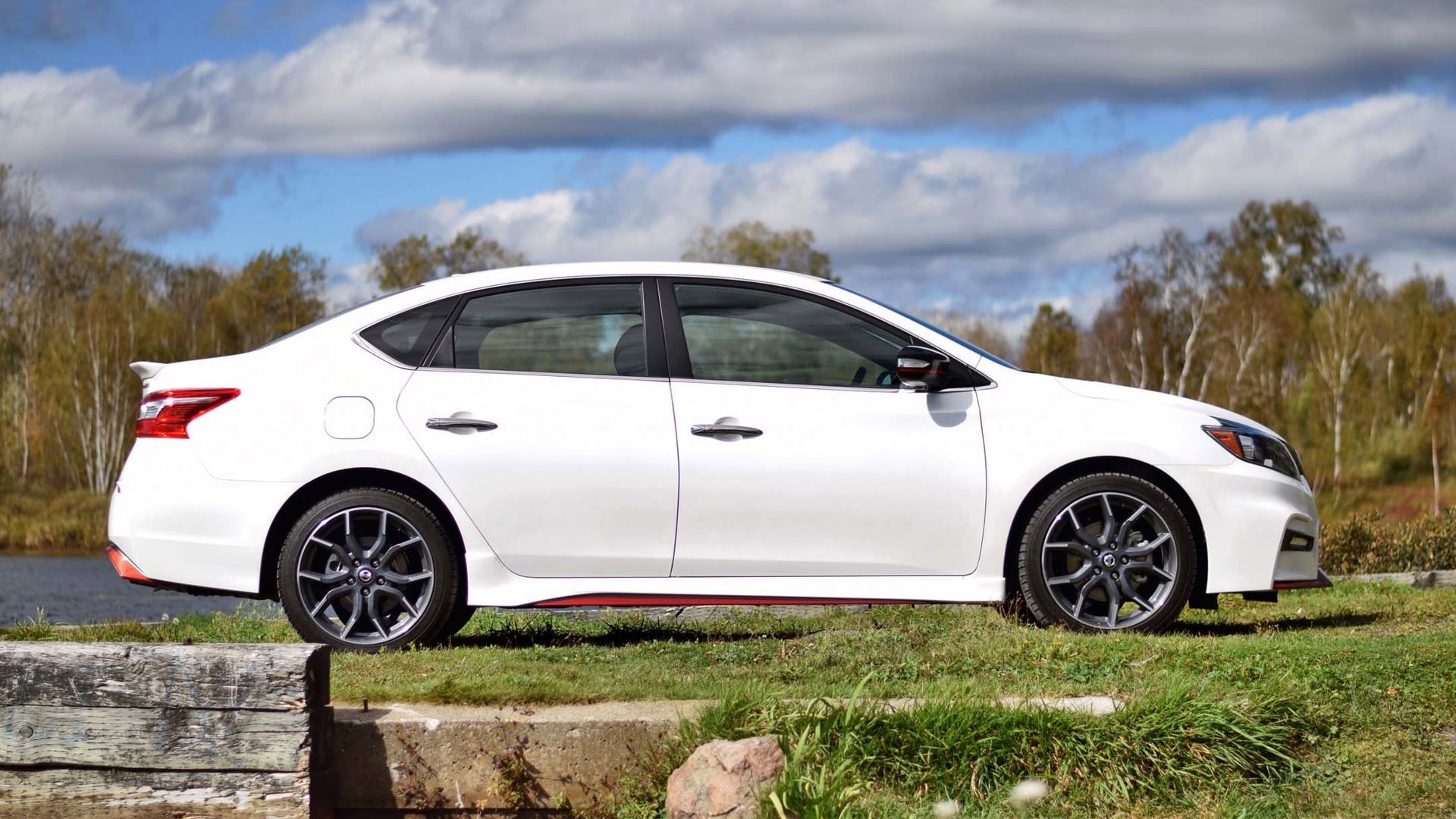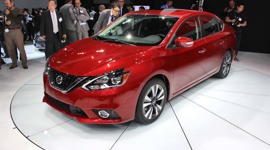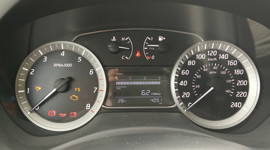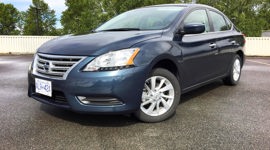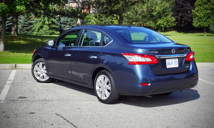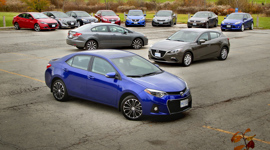Vehicle Type
Sedan
History/Description
With a complete do-over for model year 2013, the latest-generation Nissan Sentra hit the road in 2012 with more space, luxury, technology, and feature content than any before it. Designed to give competitors from Ford, Hyundai, Mazda, Honda, and Chevrolet a run for their money, the 2013 Nissan Sentra was designed, tuned, and built using lessons learned from Nissan’s larger sedans.
For this latest generation, Sentra attempted to move into a more upscale, up-market position. With more space than its predecessor, and the availability of features like dual-zone climate control, a Bose stereo system, and standard LED lighting, this affordable compact gave drivers a taste of the motoring high life.
Nissan’s latest in connectivity was also on board via the NissanConnect system, which put weather reports, flight times, movie listings, Google search, and fuel prices right at the driver’s fingertips. Other features included text-message assist, push-button start, heated seats, navigation, and more.
All units were four-door, front-drive sedans. Base-model units were called Sentra S, while SV, SR, and SL models were available as mid-grade, sporty, and top-line units, respectively. Sporty SR Turbo and Nismo variants were also on offer in recent years.
Engines
Most Sentra models from this generation run the brand’s 1.8L four-cylinder engine, developing 130 hp with maximum efficiency, thanks in part to specially coated pistons designed to be extra-slippery for reduced internal friction.
Transmission choices included Nissan’s XTronic continuously variable transmission (CVT), or a six-speed manual. Turbocharged engines became available in the 2017 Nissan SR Turbo and 2017 Nissan Sentra Nismo model variants, offering more performance and power.
What Owners Like
Owners comment positively on Sentra’s roomy-for-its-size cabin, upscale feature content, a solid and sturdy drive, good ride quality, and low noise levels. By most accounts, including some from your correspondent, this generation of Sentra appealed strongly in how it drives and feels like a bigger car. Audiophiles enjoyed the up-level Bose stereo system, and driving enthusiasts appreciated the availability of a manual transmission, even on higher-grade units. Mileage is also highly rated.
What Owners Dislike
Gripes include ride-quality degradation on very rough roads, and limited headroom for taller occupants on models with the sunroof. Some owners wish for sharper handling and steering feel, too.
Here are a few Nissan Sentra owner reviews.
Pro Tip
If possible, shop a 2015 or newer Sentra. From 2015, Nissan revised the standard equipment list on the Sentra model line, adding more features. A 2015 or newer Sentra in SV trim grade should make an appealing deal – as this high-volume model received the most added content via the update.
Things get even better if a 2016 Sentra is in your budget. For 2016, Sentra got a significant styling makeover, further enhanced standard equipment, and a suite of new safety features including forward collision warning (FCW), forward emergency braking (FEB), Intelligent Cruise Control (ICC), blind-spot warning (BSW) and rear cross-traffic alert (RCTA). For 2016, other revisions saw improvements to the feel and performance of the transmission and steering system too.
Here’s Your Test Drive To-Do List
Mind the CVT Service Schedule
This is a general tip for any used Nissan with the Xtronic CVT transmission, and a great idea for used Sentra shoppers: confirm that the transmission isn’t overdue for a fluid change, and that there are no outstanding software updates to be installed to the transmission’s computer brain. Next (and this is vital), ensure that the transmission fluid has never been changed outside of a Nissan dealer setting, since failure to refill with a very specific type of fluid, using a very specific procedure that requires special tools, may cause issues.
Stick to the Severe transmission fluid change schedule for maximum peace of mind. Though a small portion of owners reported transmission problems and failure, some of those failures seemed to result from failure to follow the steps above. Here’s some more reading on the importance of proper maintenance of the Nissan CVT. And some more.
The Clutch is Nuked Until You Confirm Otherwise
If you’re set on a used Sentra with the manual transmission, assume it needs a new clutch until you confirm otherwise. Unwanted noises during the release of the clutch pedal (in neutral, at idle), or difficulty shifting gears smoothly, can be trouble signs. In some cases, you can coax slippage from a worn clutch by applying full throttle at heavy load from low revs, perhaps, at 60 km/h in fourth or fifth gear up a steep hill.
Possible Stalling
On models with the CVT transmission, some owners have reported random engine stalling, which can be a mild inconvenience, a safety issue, or anything in between. A software update, which reprograms the fuel system, is the typical fix. Shoppers are advised to check with a Nissan dealer to see if the unit they’re considering may have any recalls or software updates available to remedy the problem, to avoid possible headaches down the line.
Have the Brakes and Tires Inspected
Some owners have reported premature brake system component wear, noisy brakes, or the need to have braking system parts serviced or replaced earlier than expected. Some owners have also reported unwanted scraping noises from the brakes, while others have had braking system components, including the master cylinder replaced at low miles, under warranty.
Some owners say that a cause of noise from the rear brakes at low speeds may be related to a bad Brake Drum Self Adjuster, which is not a big job to replace. Here’s some more reading. Though brake system durability is subject to a wide range of variables, shoppers are advised to confirm that the braking system is in tip-top shape before their purchase, for maximum safety and peace of mind. Ditto the tires, for the same reasons.
Air Conditioner
Though complaints are infrequent and sporadic, shoppers should confirm that the A/C system in the Sentra they’re considering pipes cold air into the cabin within seconds of activation, and that the cold stream of air is consistent while the system is engaged. If that’s not the case, a mechanical or software-related problem may be to blame, which is best diagnosed by the dealer.
Failure of the past owner(s) to properly service and replace the Sentra’s cabin air filter is a likely cause of air conditioner performance issues, and the owner’s manual has the scoop on how and when to replace the cabin air filter. Failing to properly maintain this part of the vehicle can cause system failure or even damage, in extreme cases.
Other Useful Checks
Confirm Warranty Coverage
If you’re buying a used Sentra that’s still within its warranty period, ensure that the warranty is still in good standing, with the help of a Nissan dealer (they’ll need the vehicle VIN number). Note that a vehicle’s warranty, or parts of it, can be voided by modifications (even if non-factory parts or software are subsequently removed), by stretching or skipping of certain maintenance intervals, and more.
Scrutinize the Alignment
If the Sentra you’re considering feels like it wants to wander in its lane, pulls continually to one side of the road, or exhibits uneven wear across the width of the tire treads, an alignment may be required to correct it. Failure to ensure your vehicle’s alignment is tip-top can result in reduced handling, accelerated tire wear, poor fuel mileage, and reduced safety.
Check for Rust
Give the Sentra you’re considering a good check-over for rust, both on the painted surfaces, and in sneaky areas where rust likes to hide – including the inner, lower edges of the doors, hood and trunk, and the area where the rear bumper meets the rear quarter panels, just above the wheels. Gently pull away any rubber weather stripping you encounter in the process and peek beneath, inspecting for rust that may be forming under the weather seals.
Recalls
Here’s a list of recalls – ensure that any applicable work has been completed.
The Verdict
Most of Sentra’s more serious-looking issues aren’t reported with enough frequency (versus total sales volume) to warrant much alarm – though shoppers are advised to have the vehicle inspected carefully by a professional before their purchase, with an eye for brake and tire wear, and to confirm that no servicing or maintenance requirements have been skipped or stretched. Especially on higher-mileage units, buying a used Sentra from this generation without a professional pre-purchase inspection (PPI) is not advised.
Crash Test Ratings
IIHS: Top Safety Pick (from 2015) / Top Safety Pick + (from 2016)
NHTSA: 4/5 Stars
